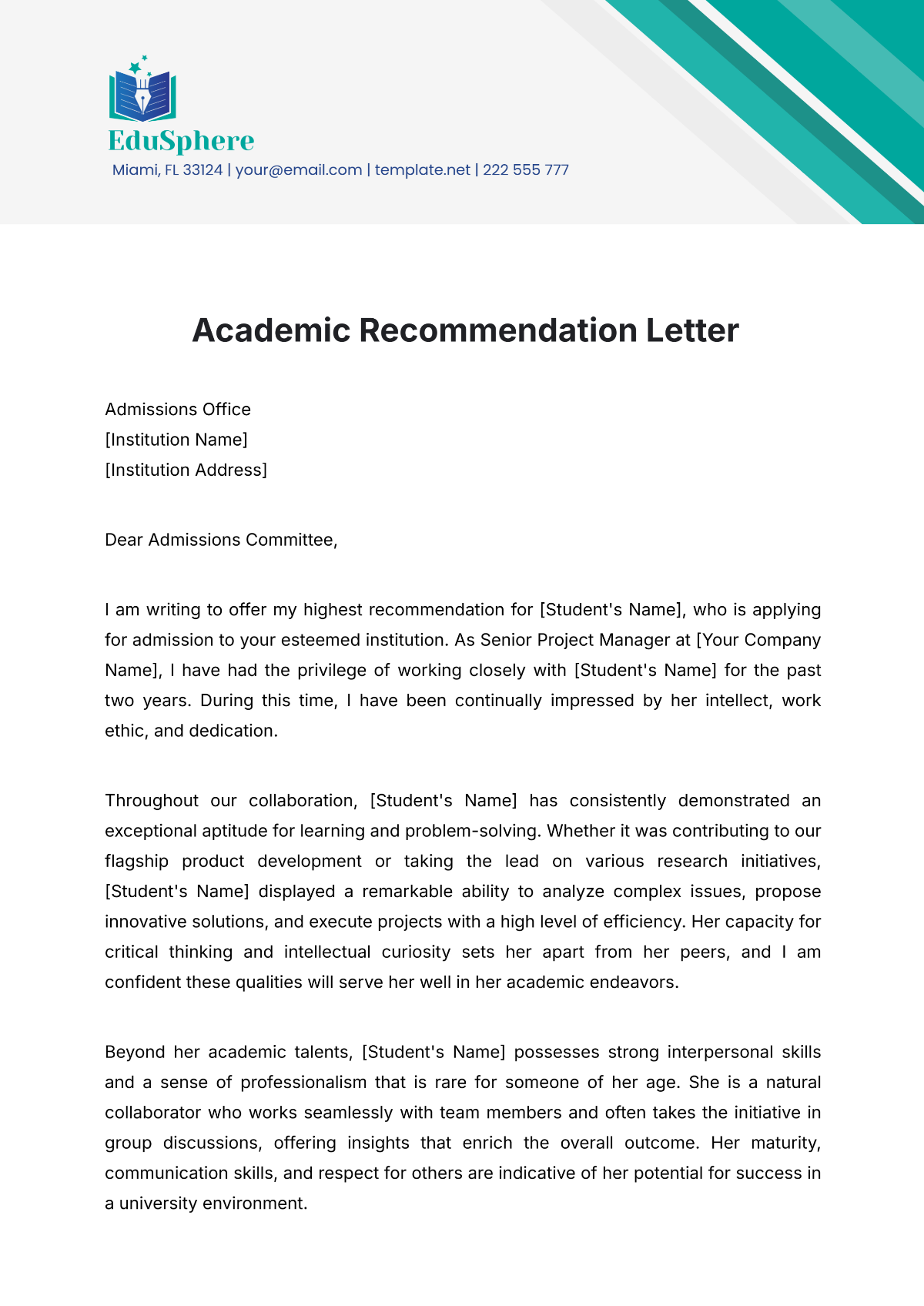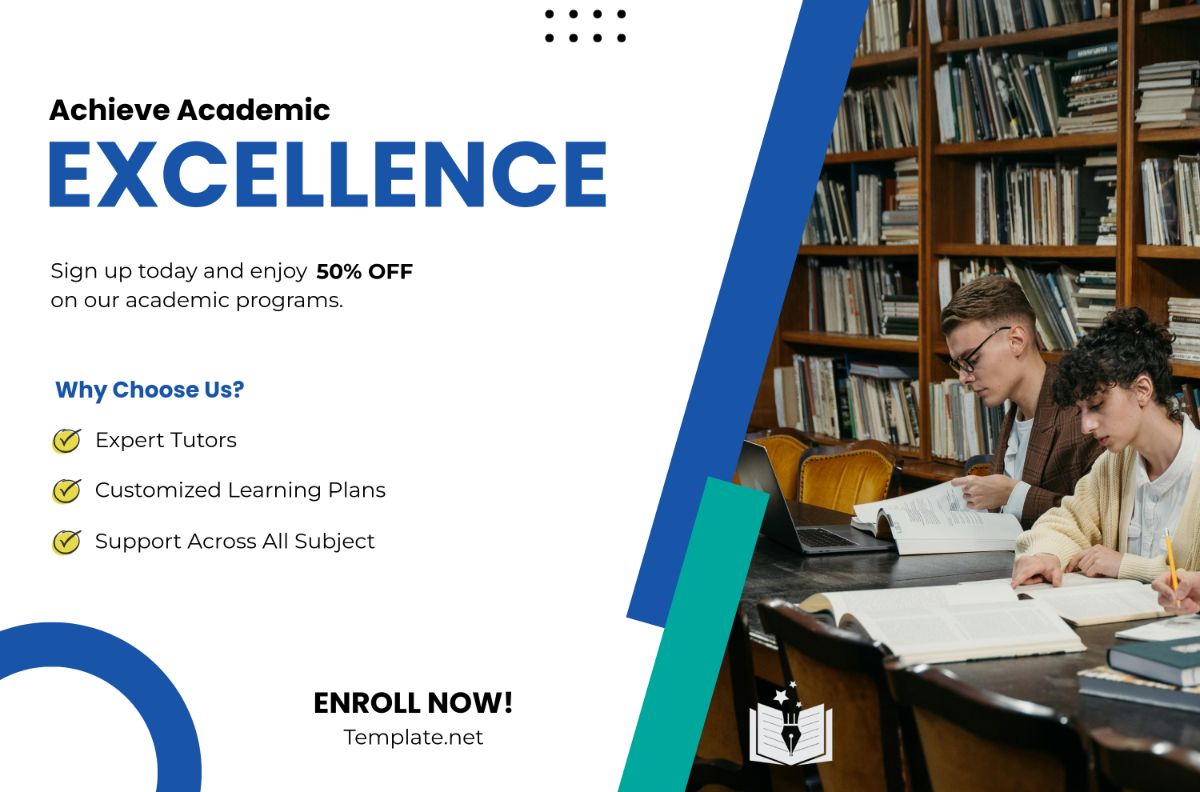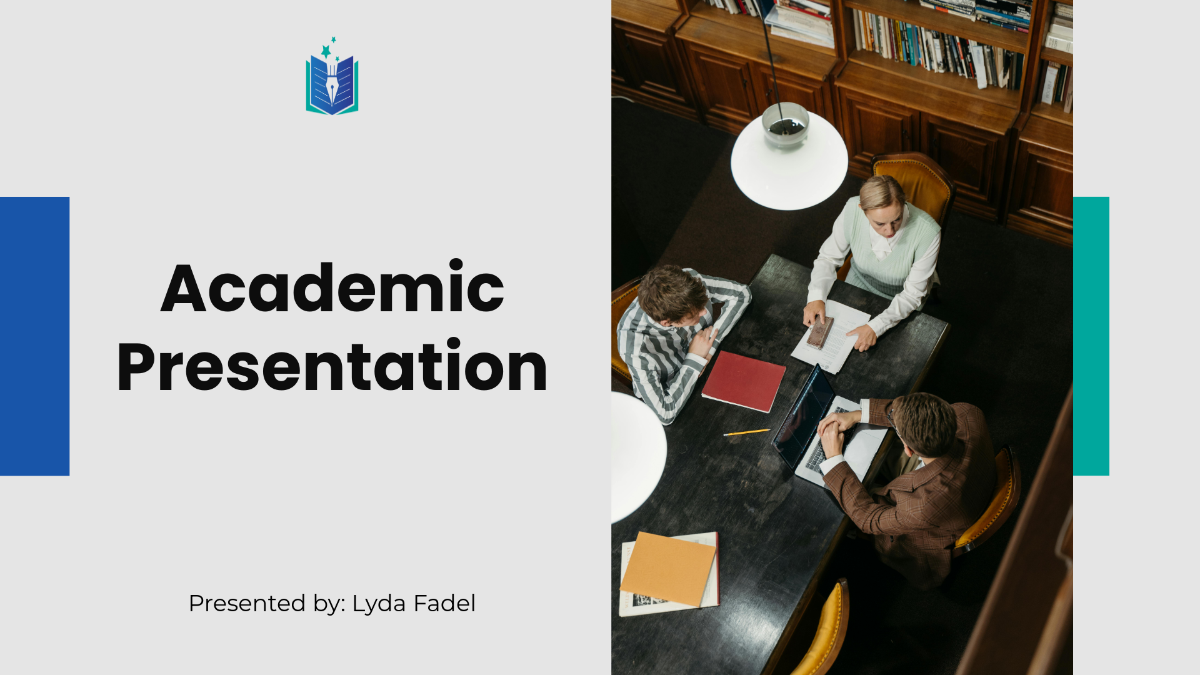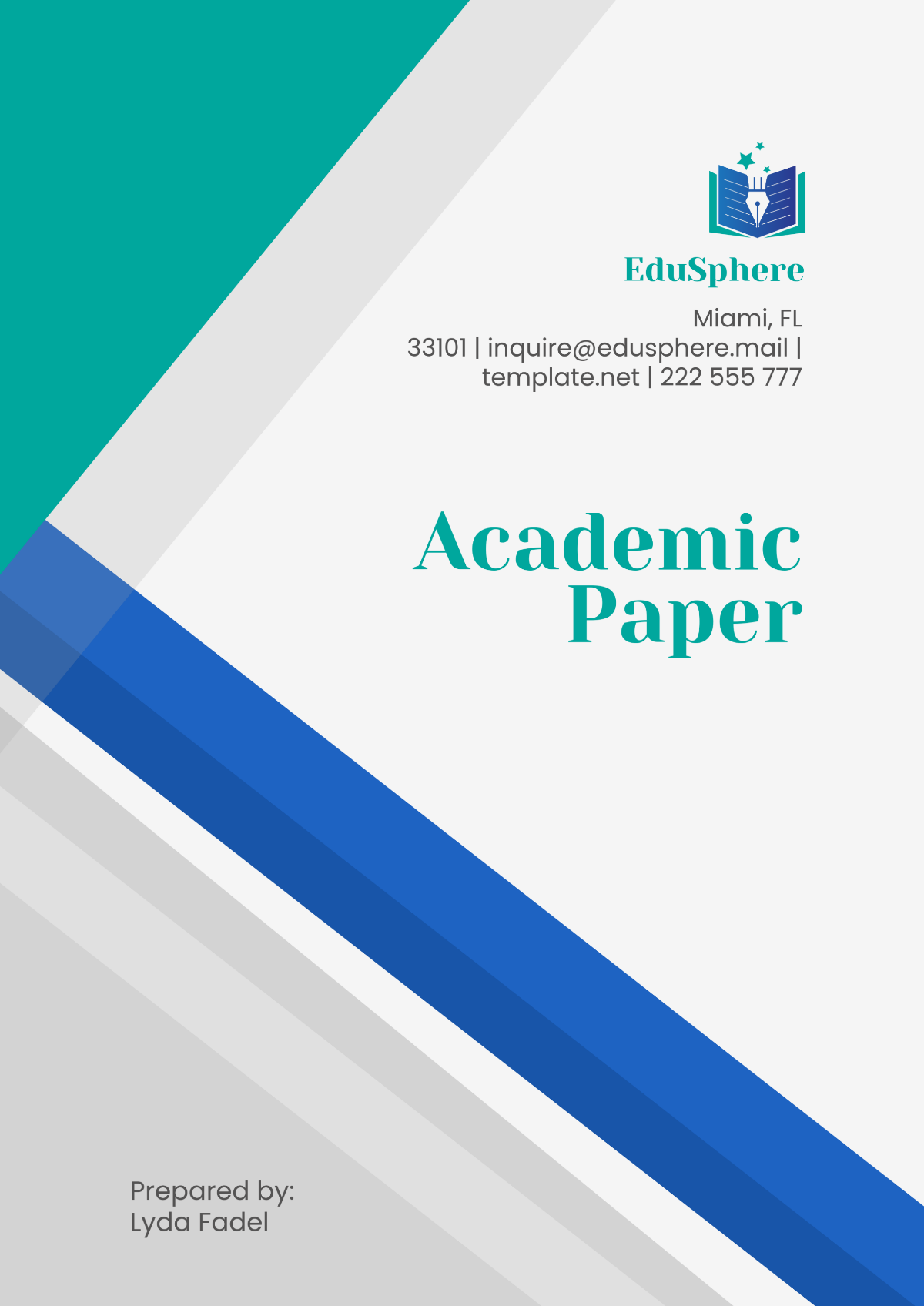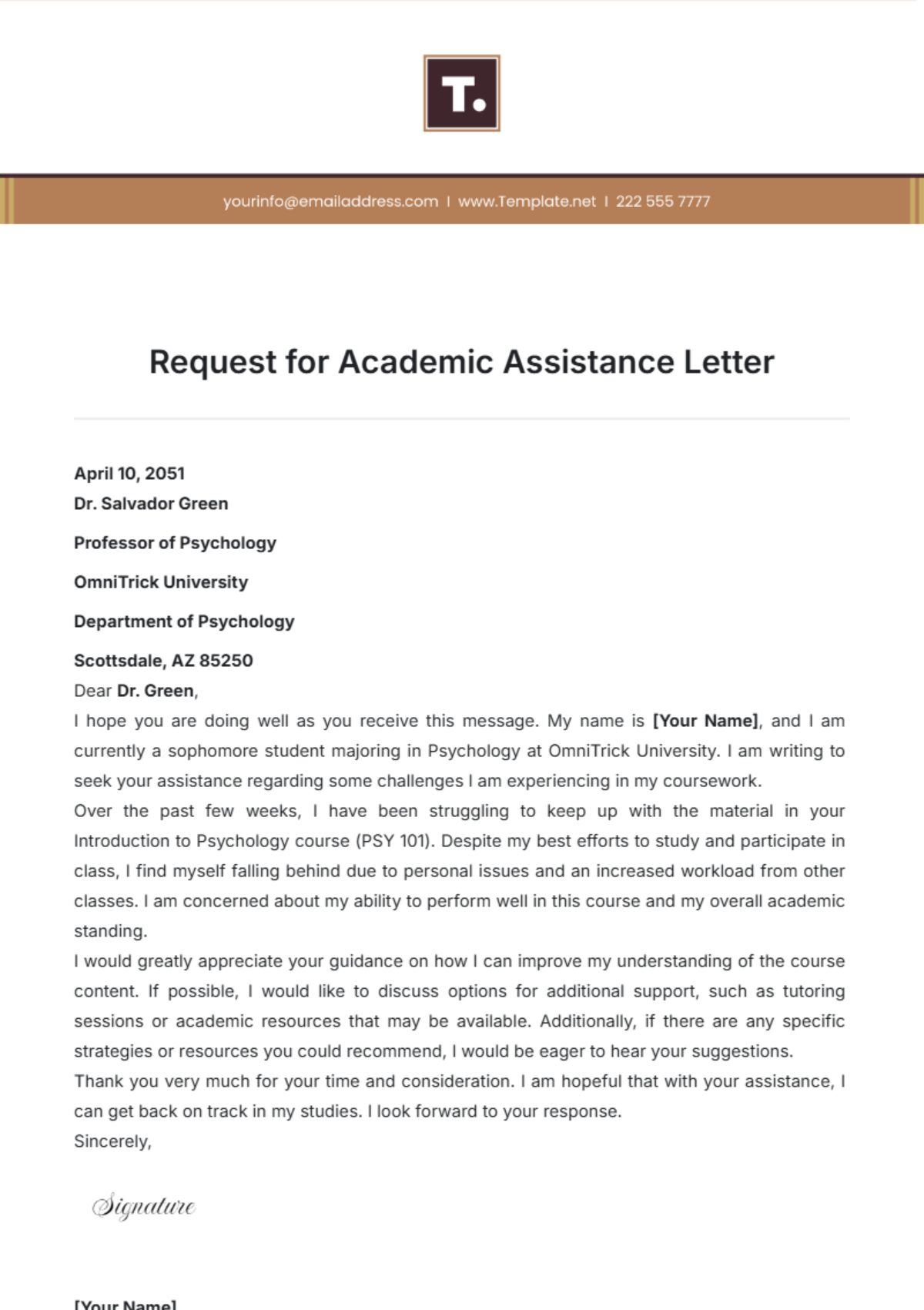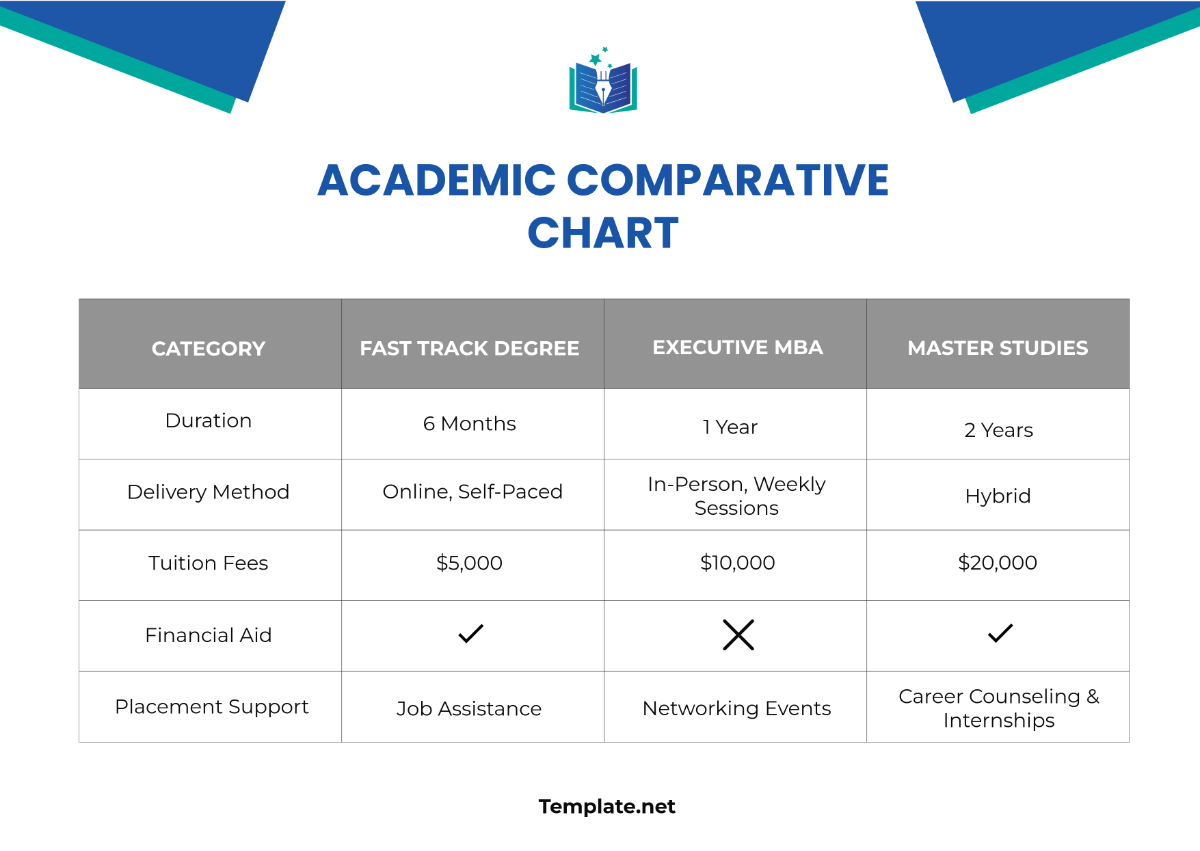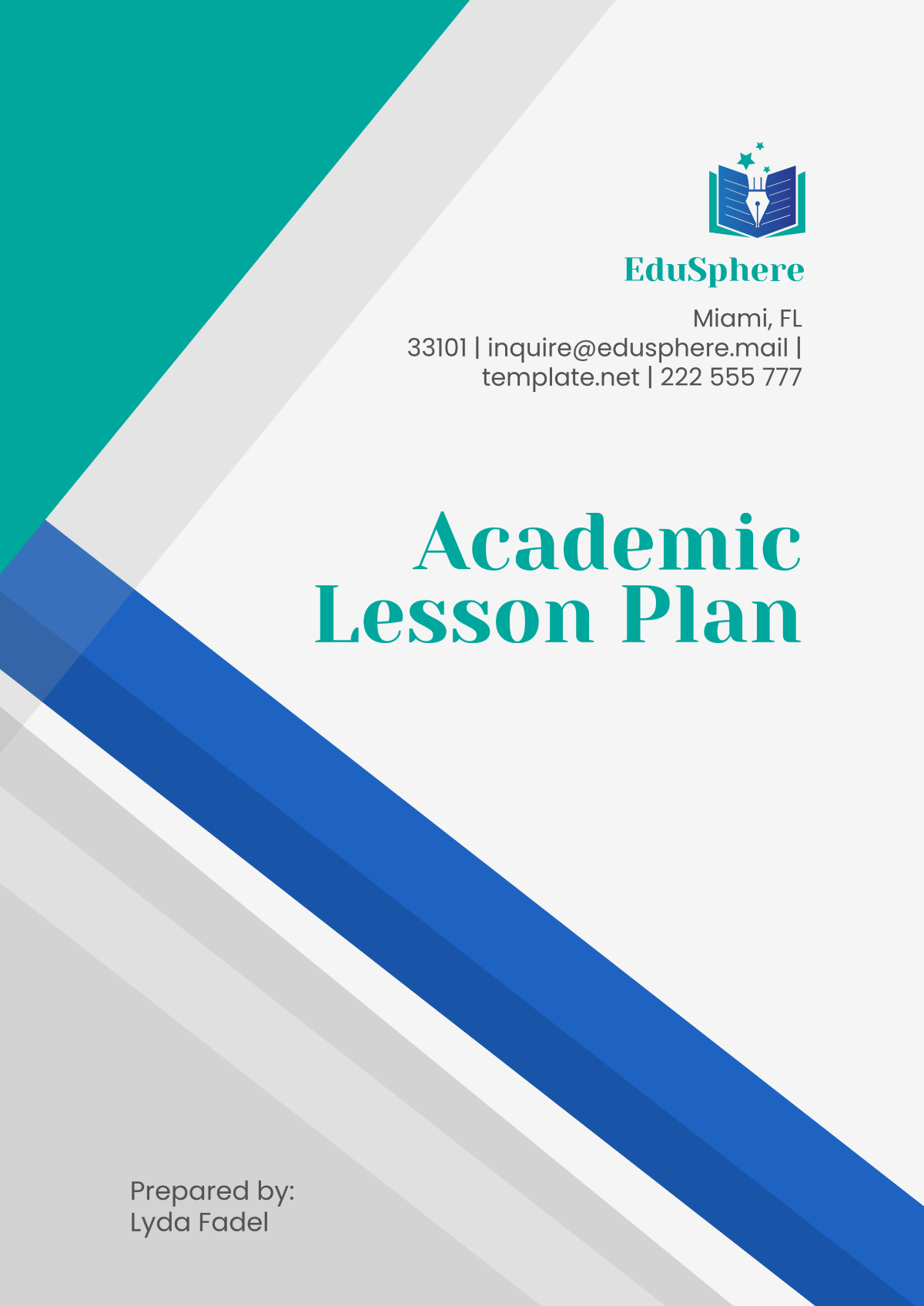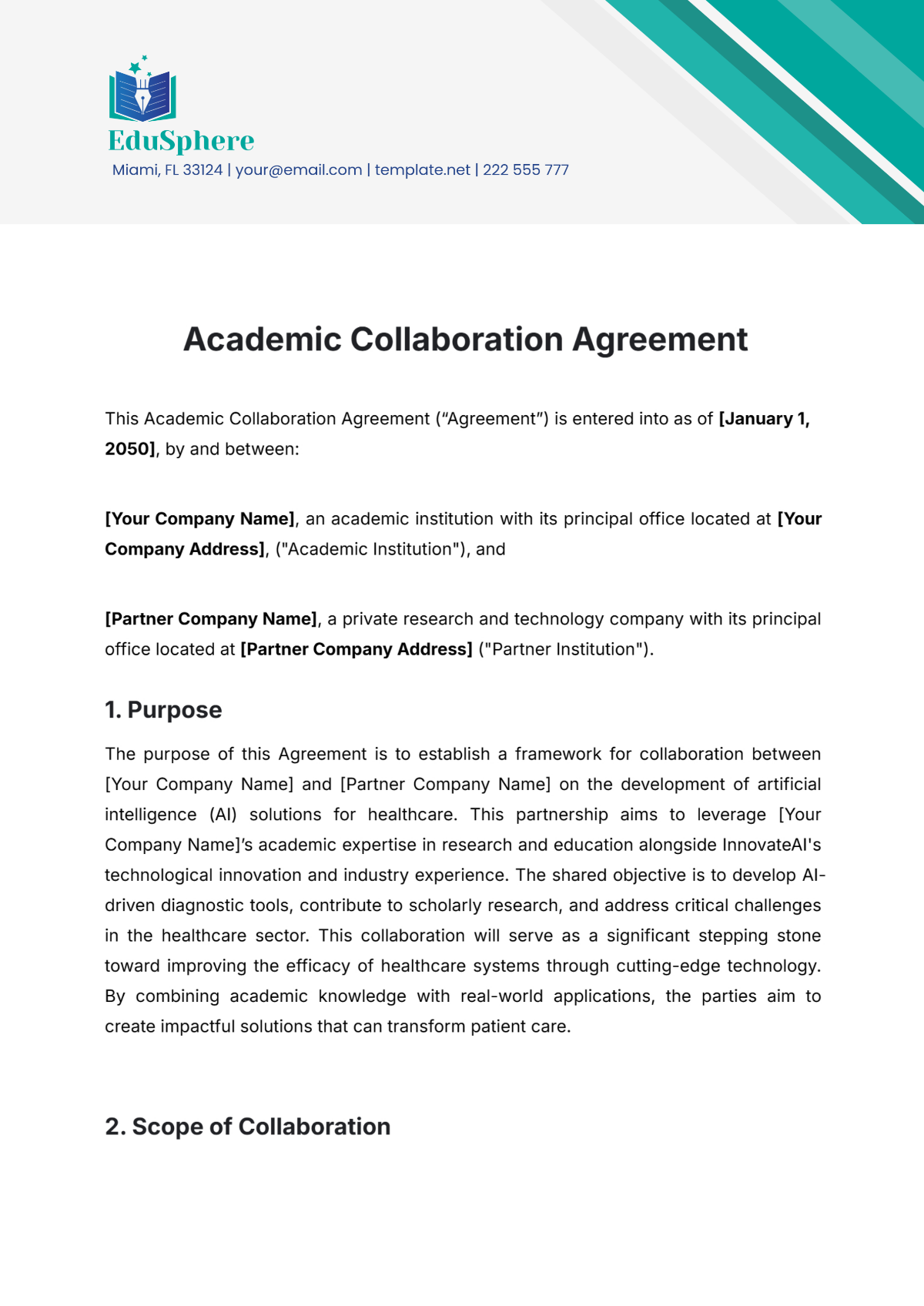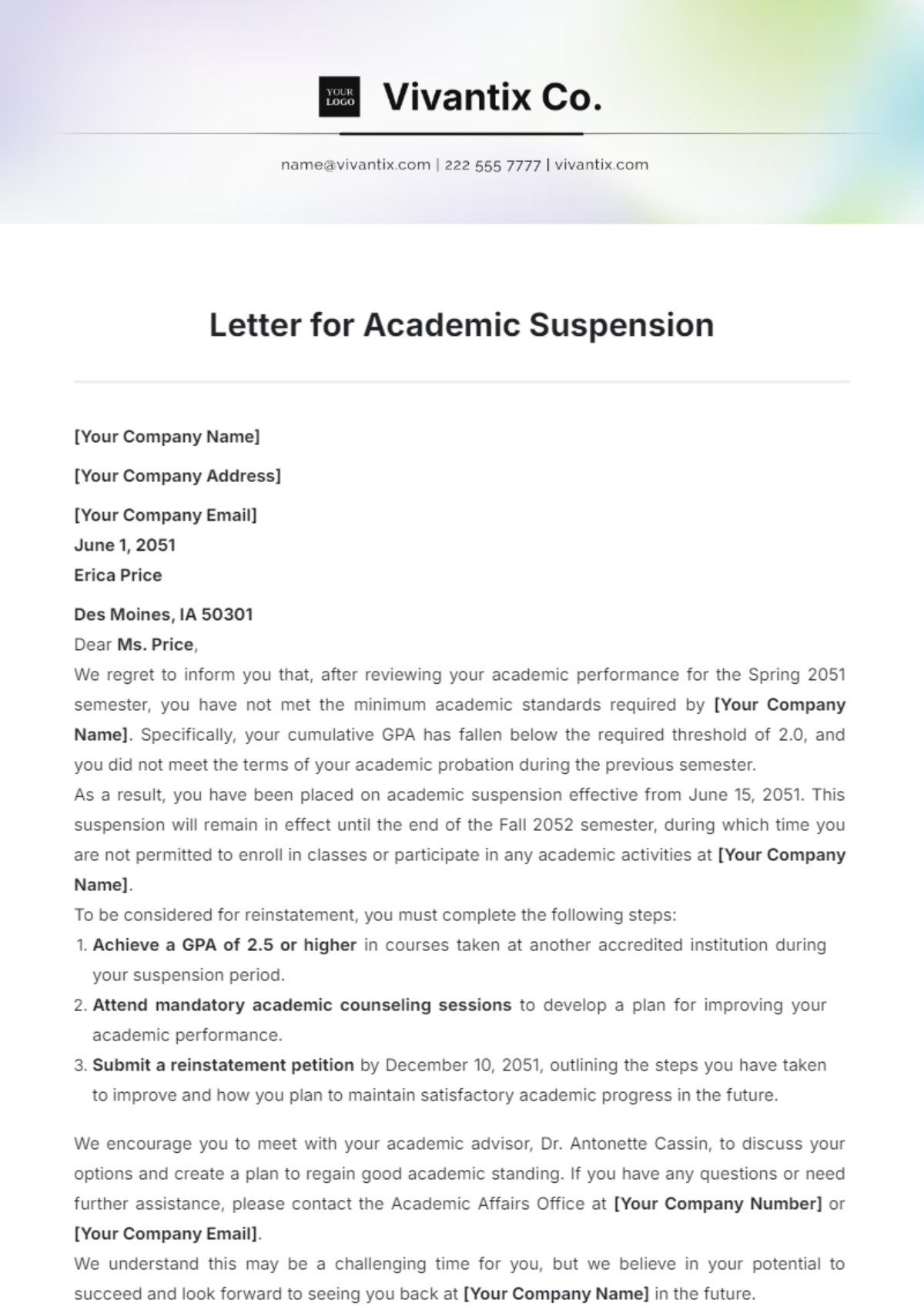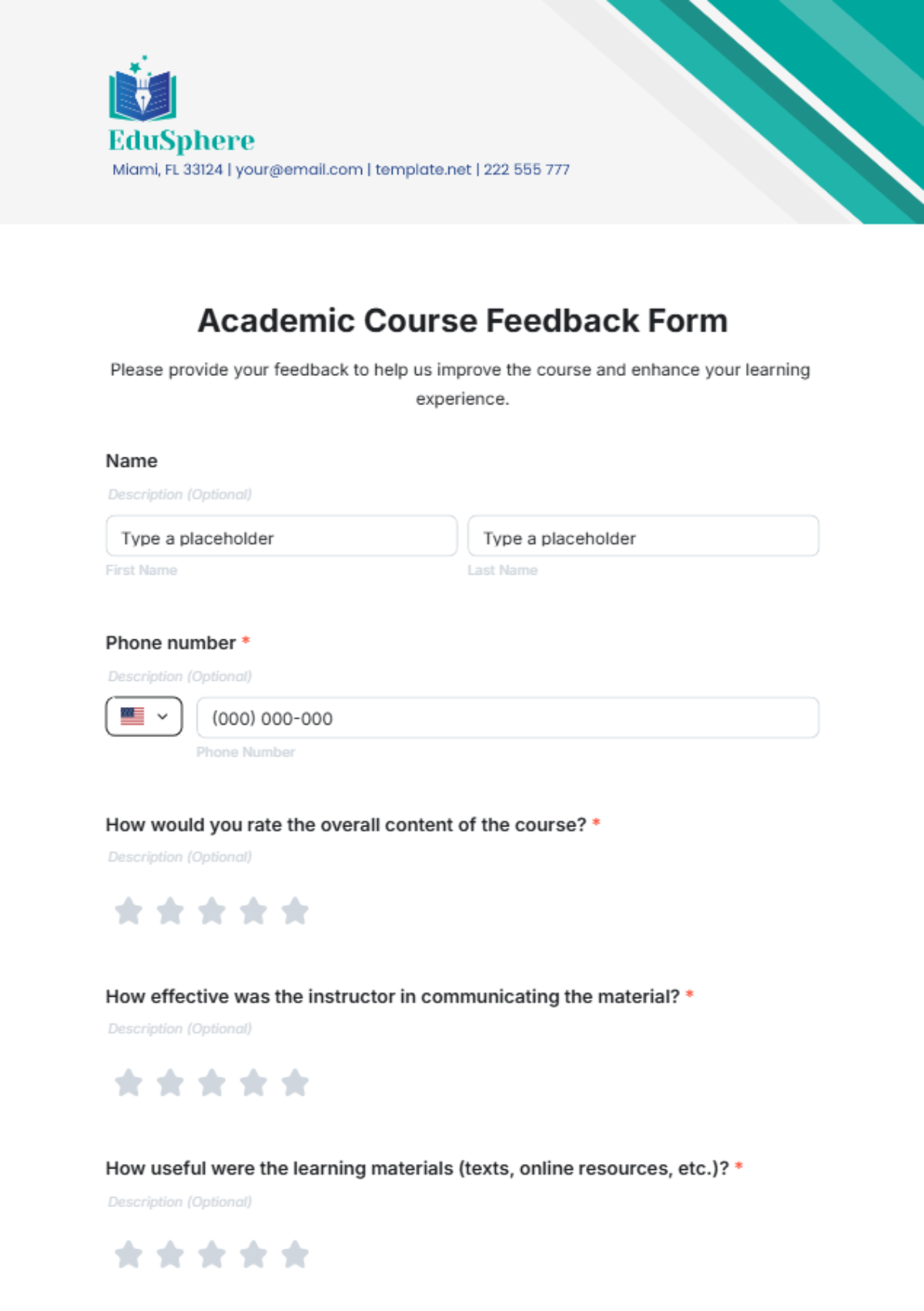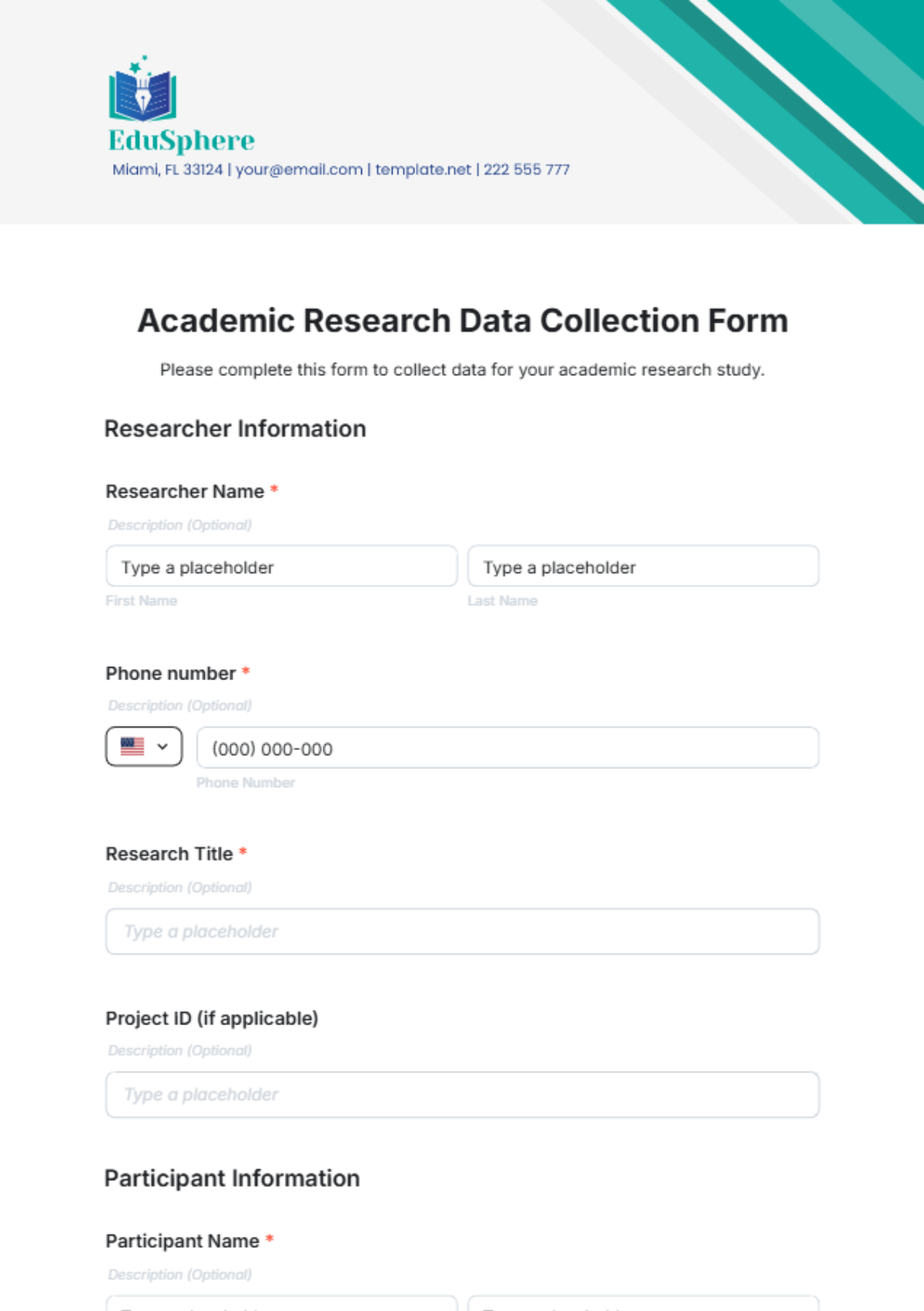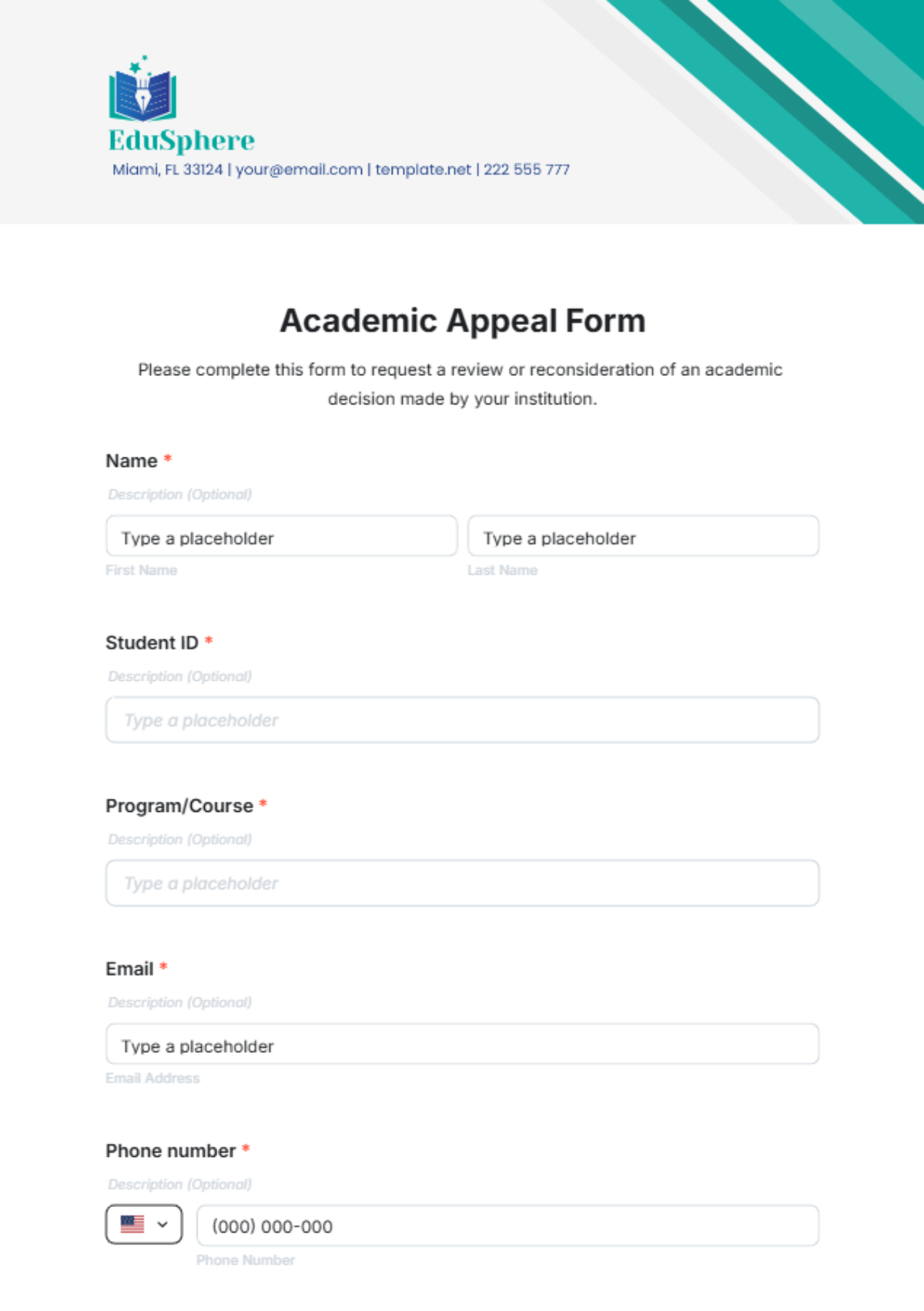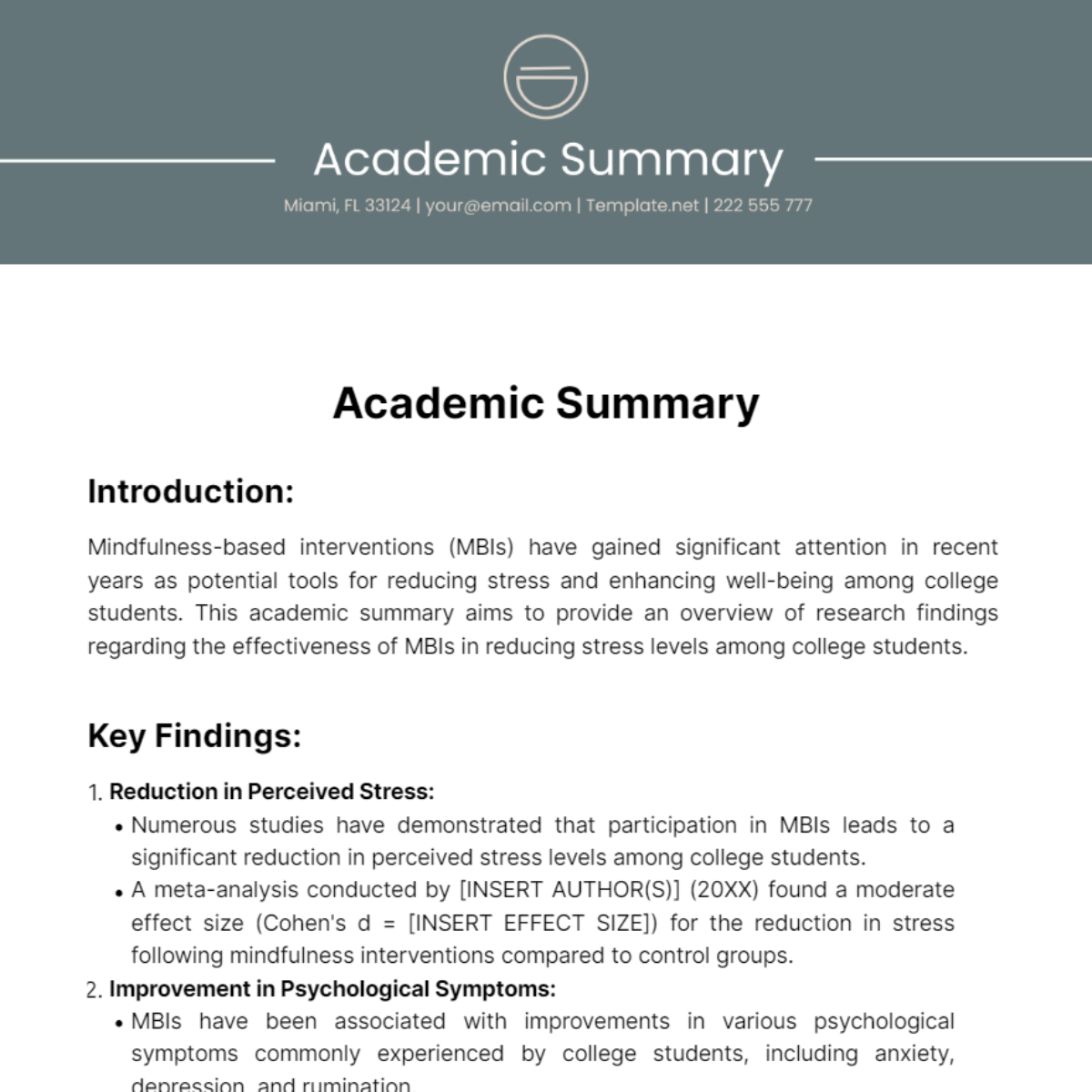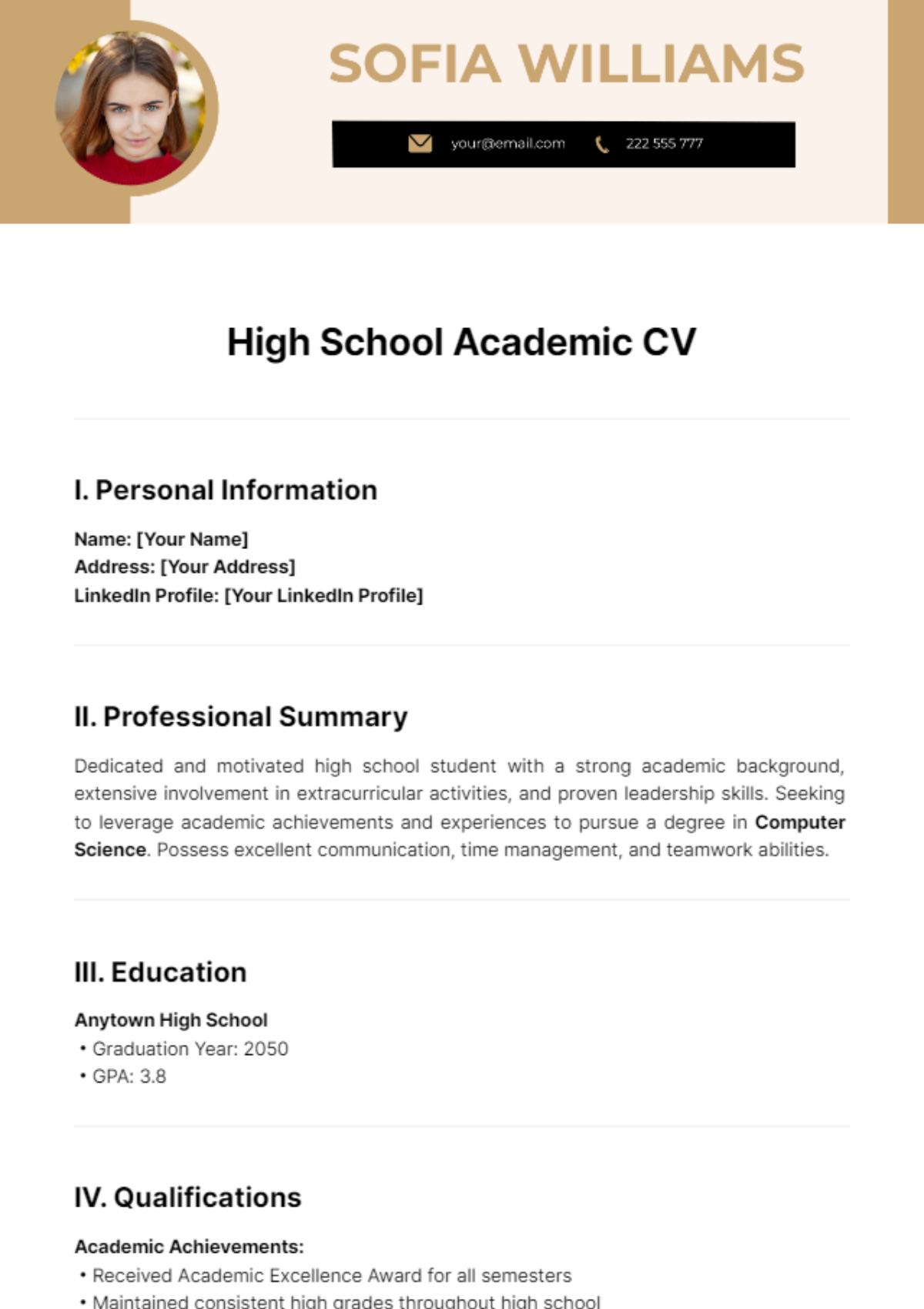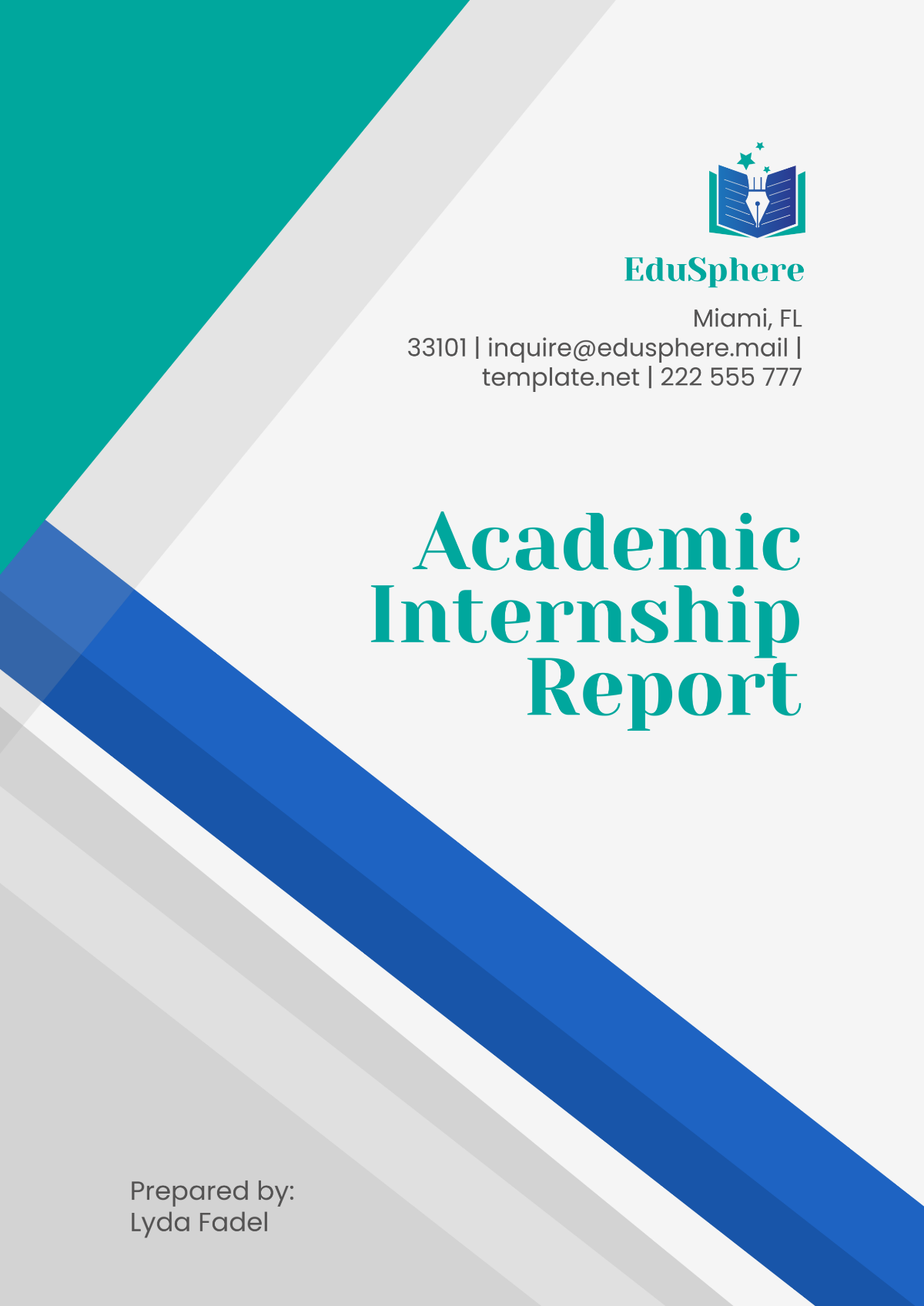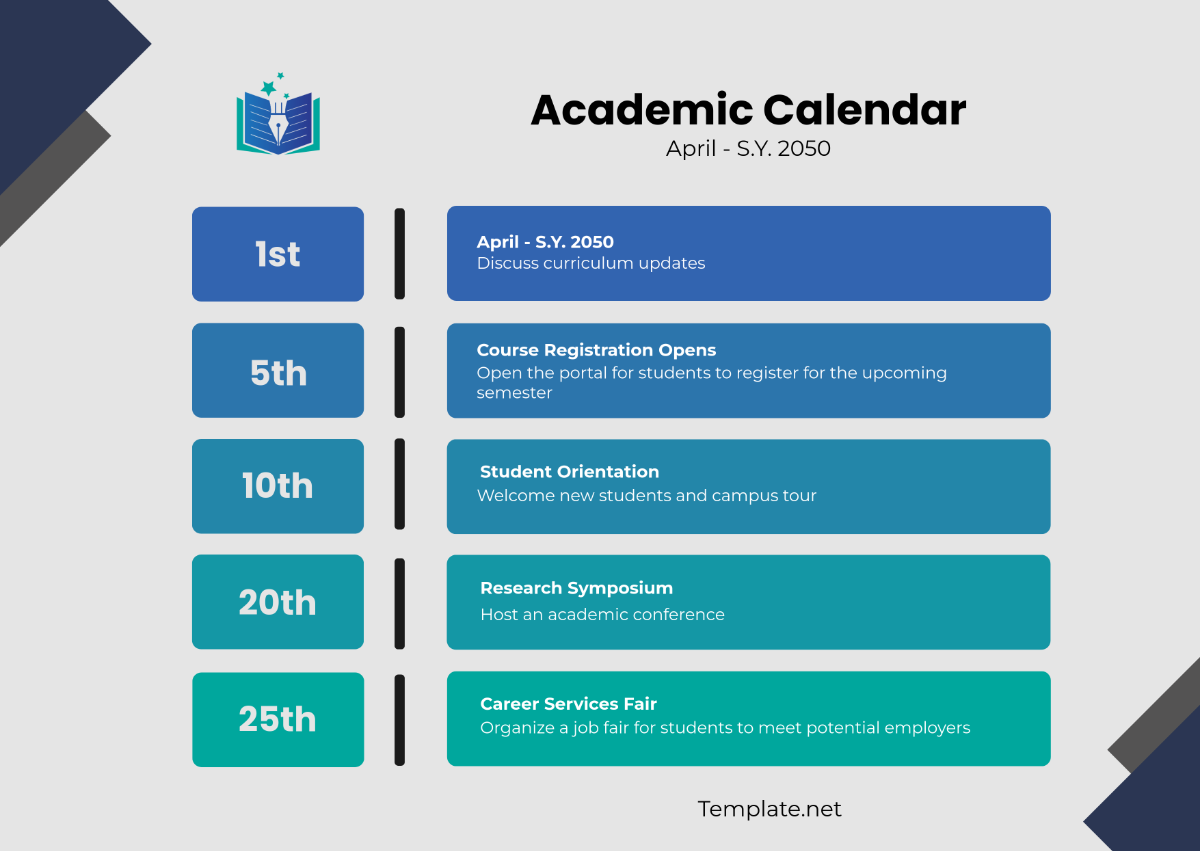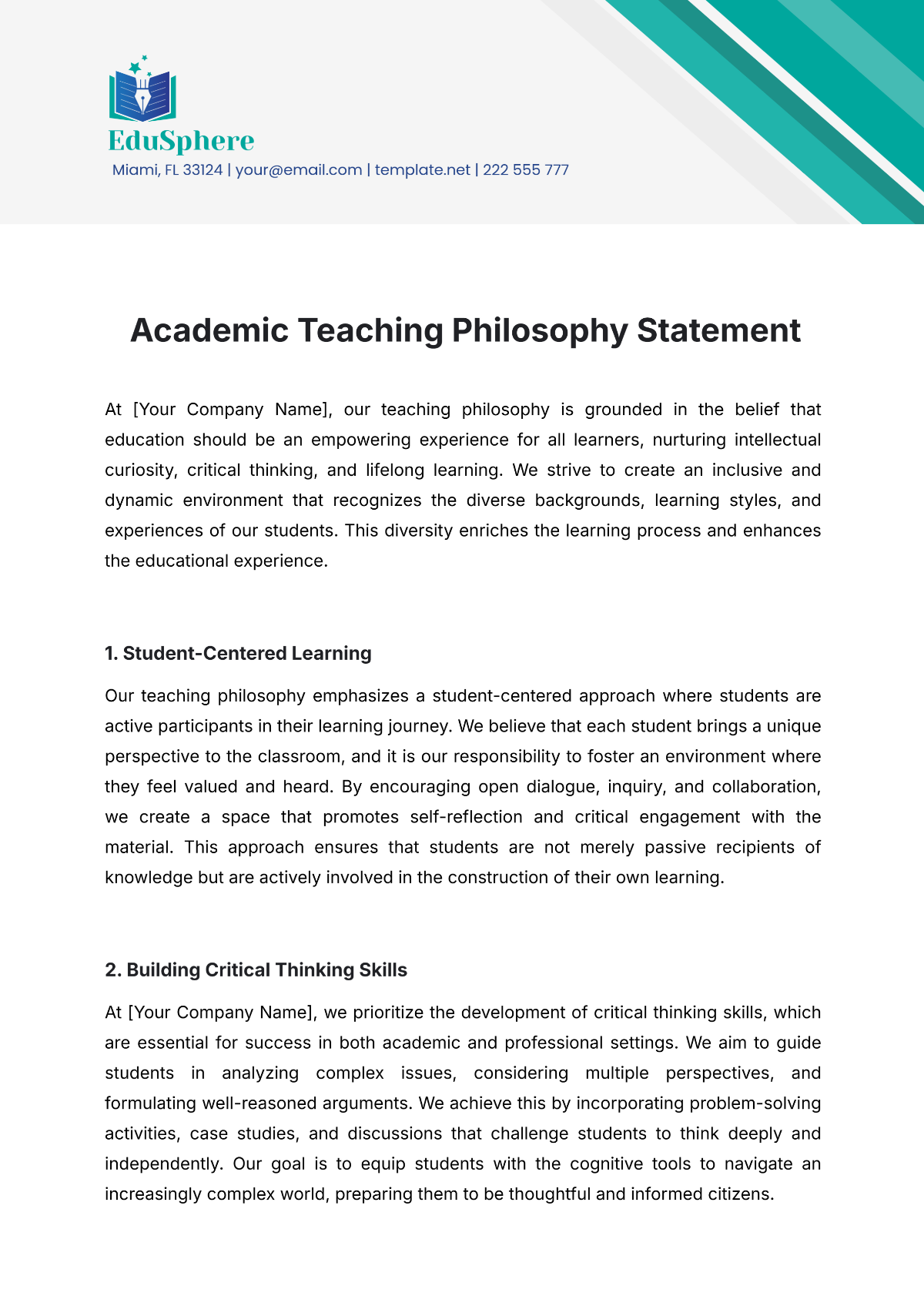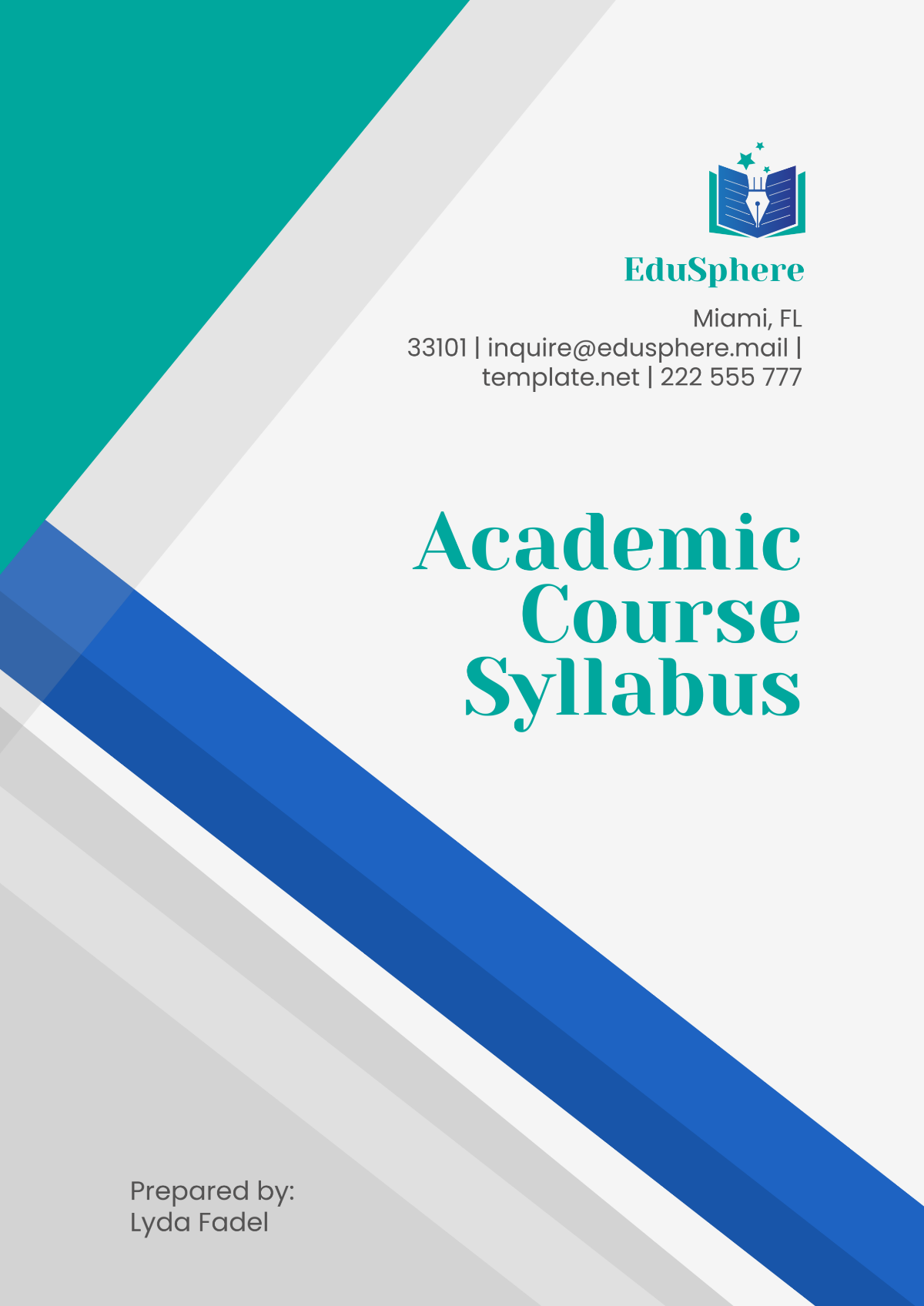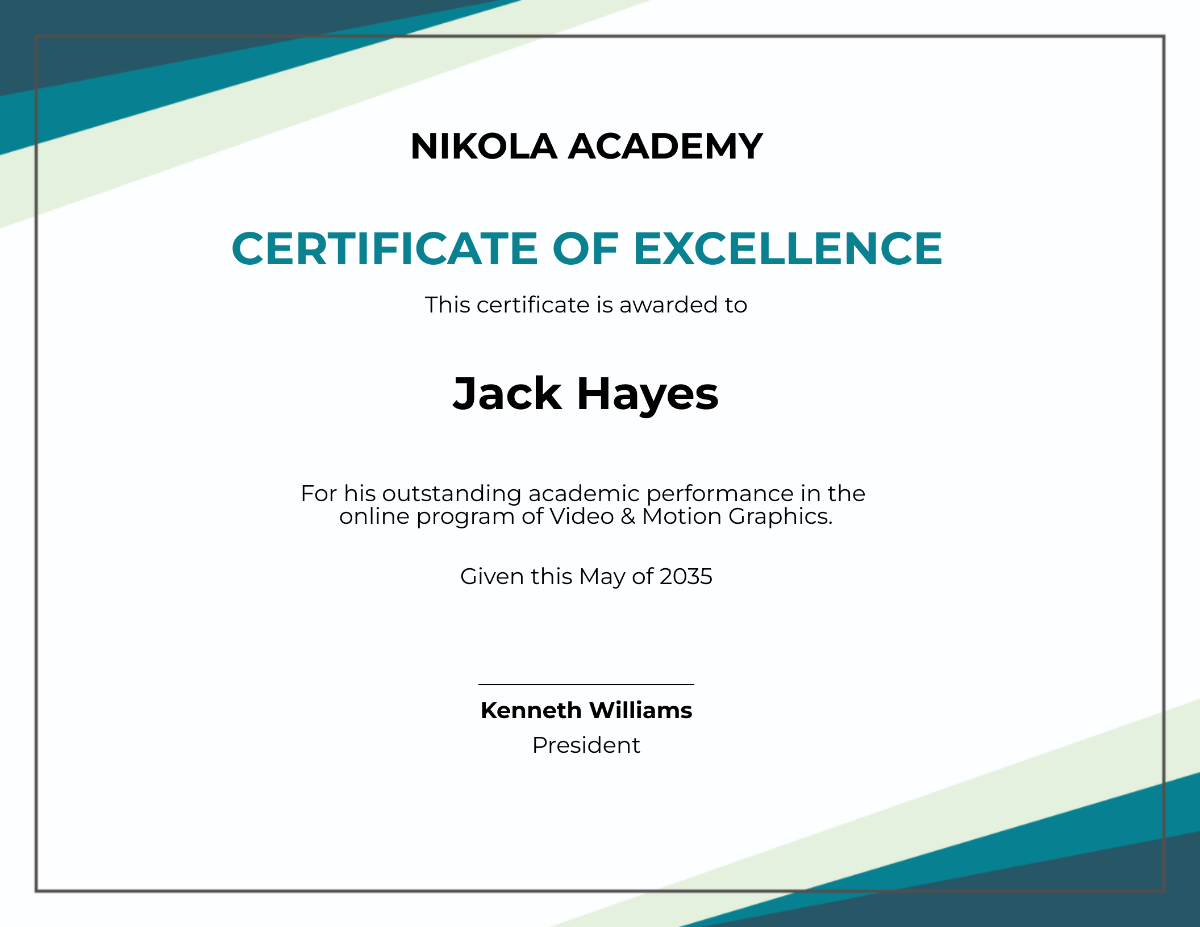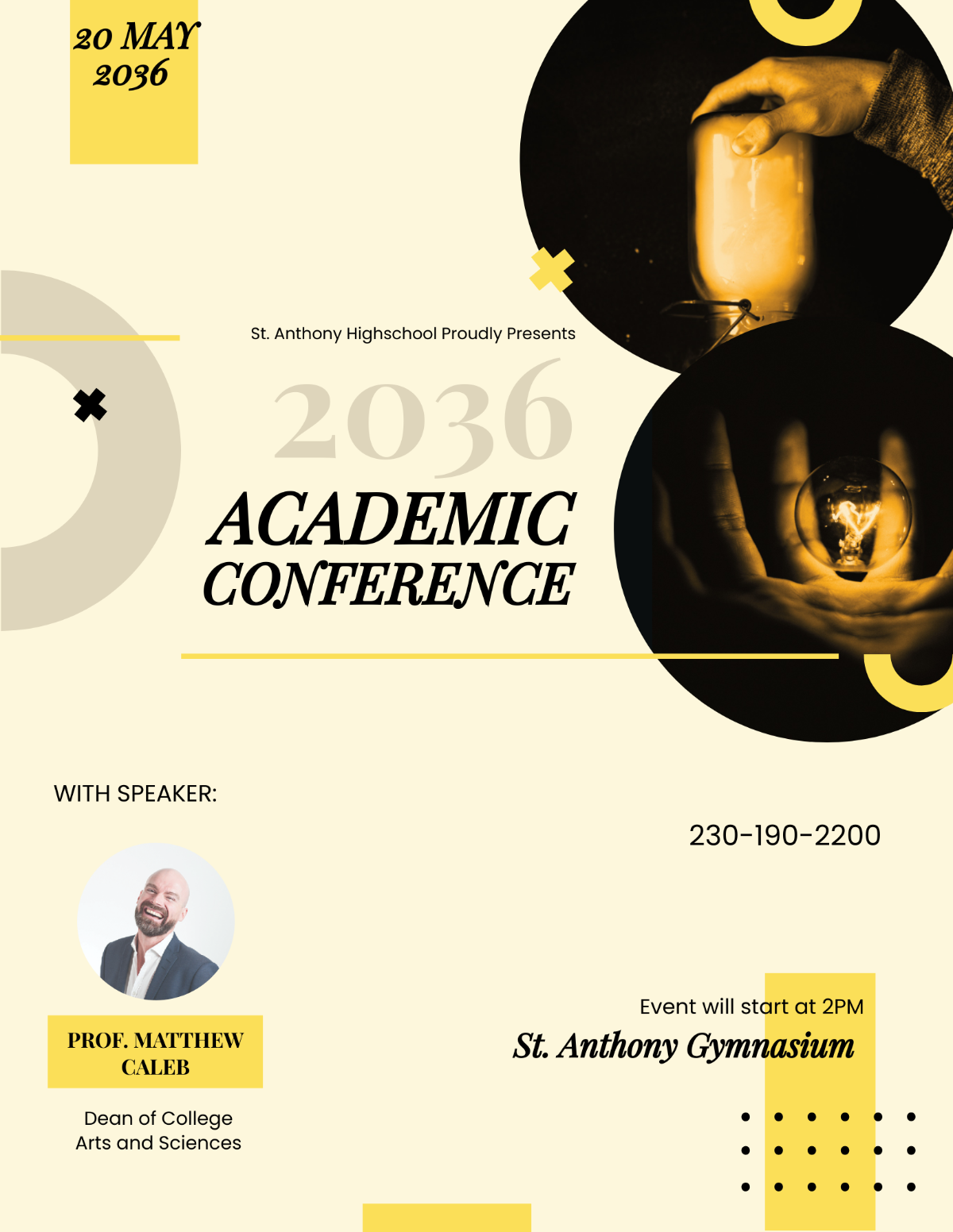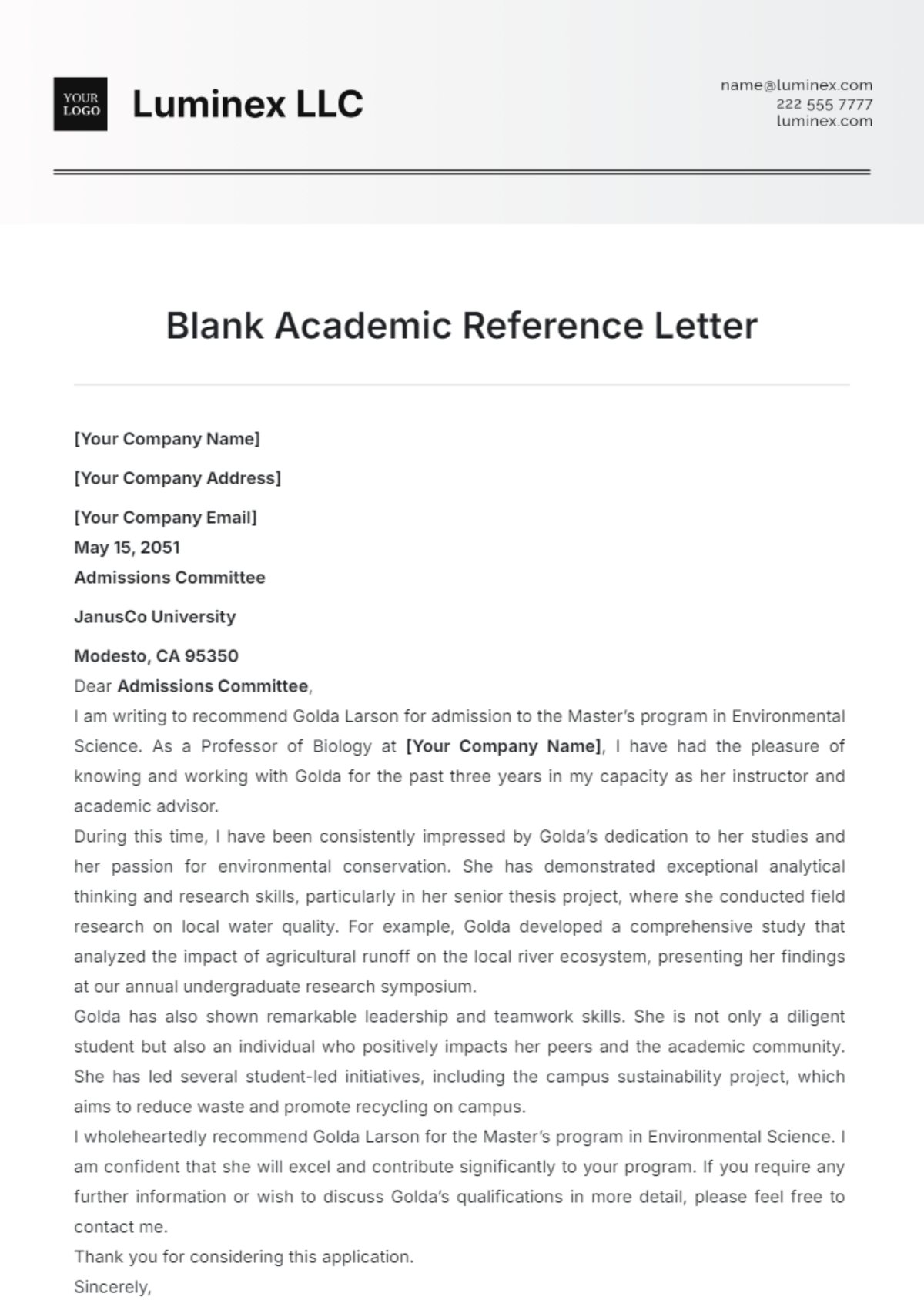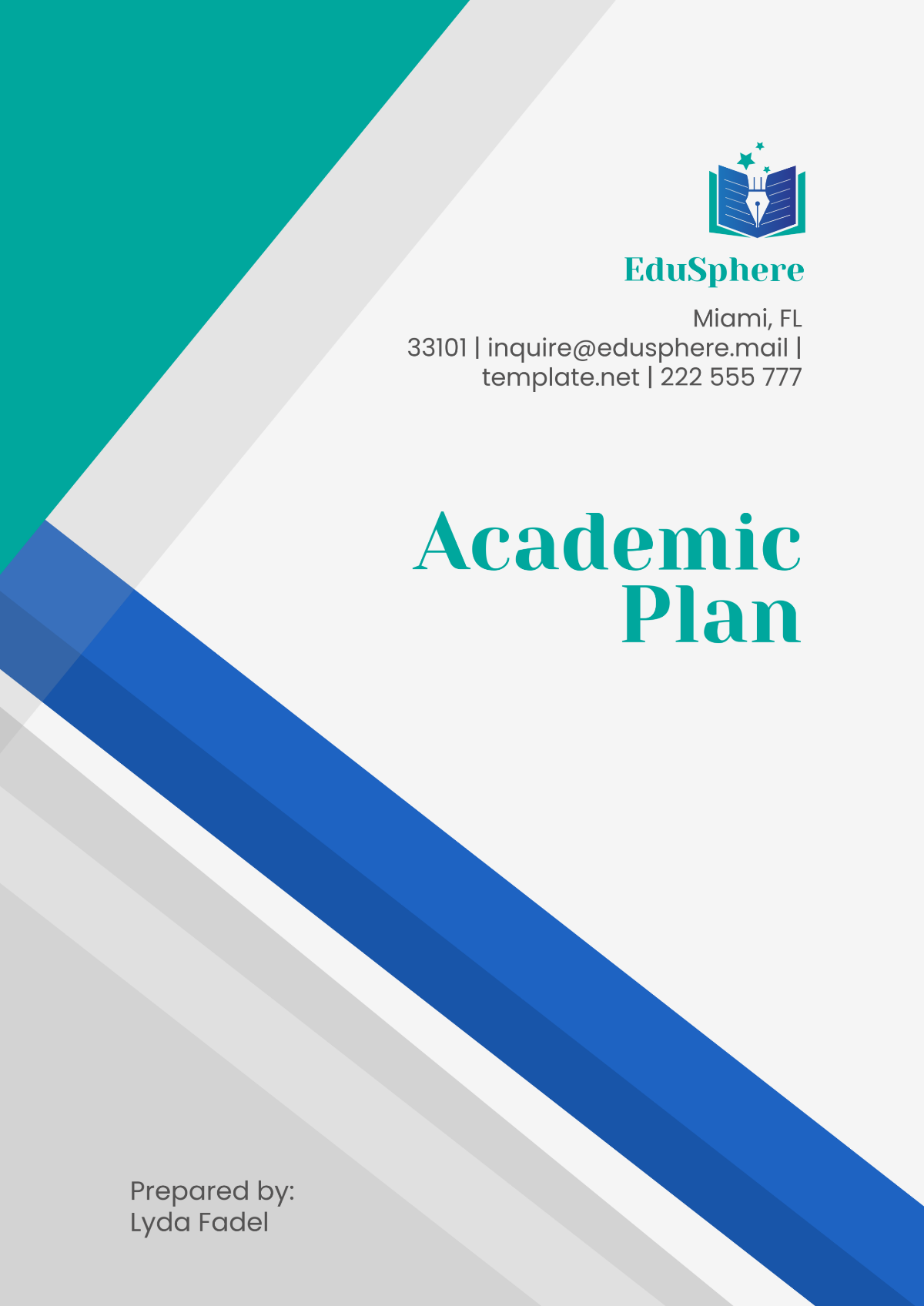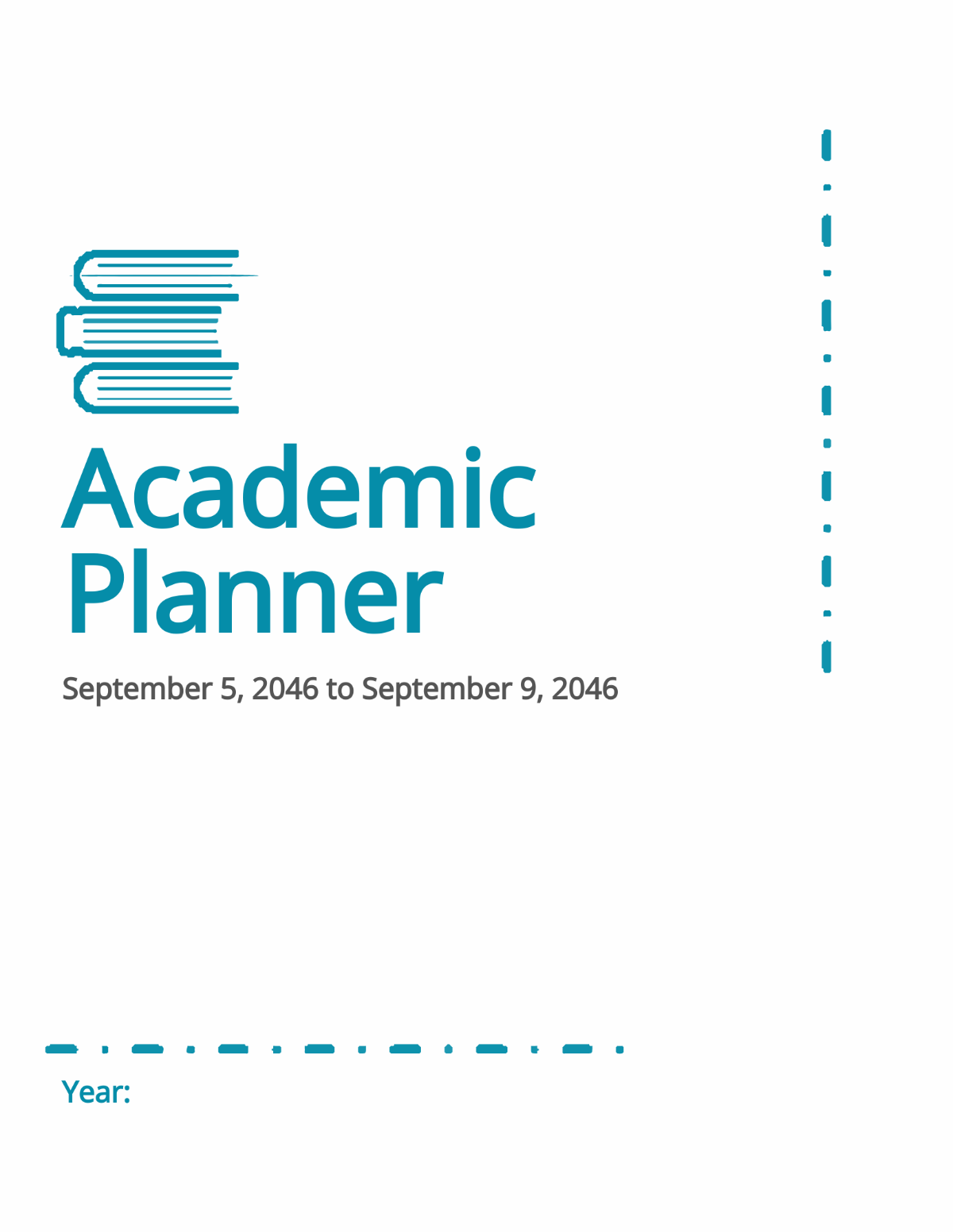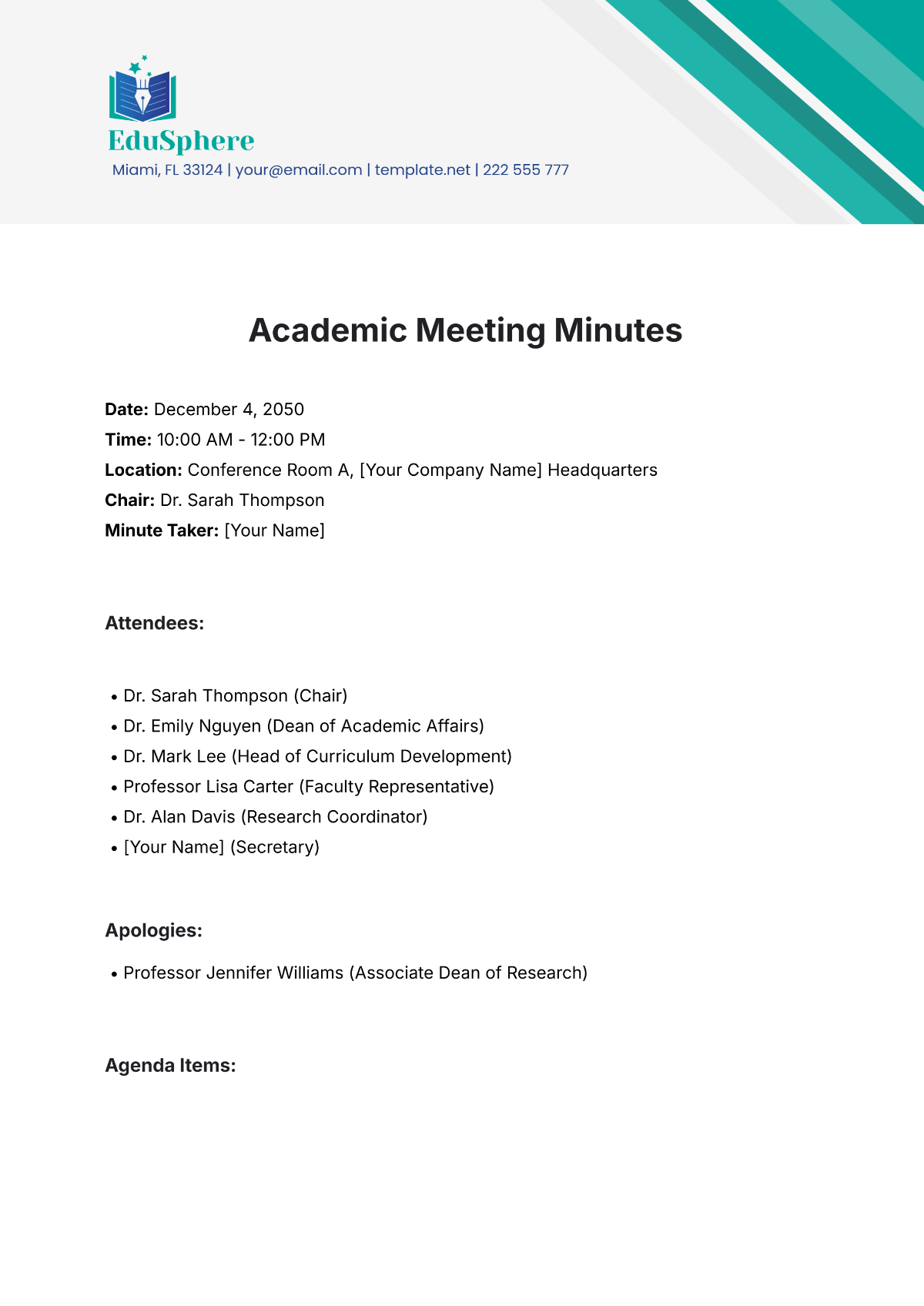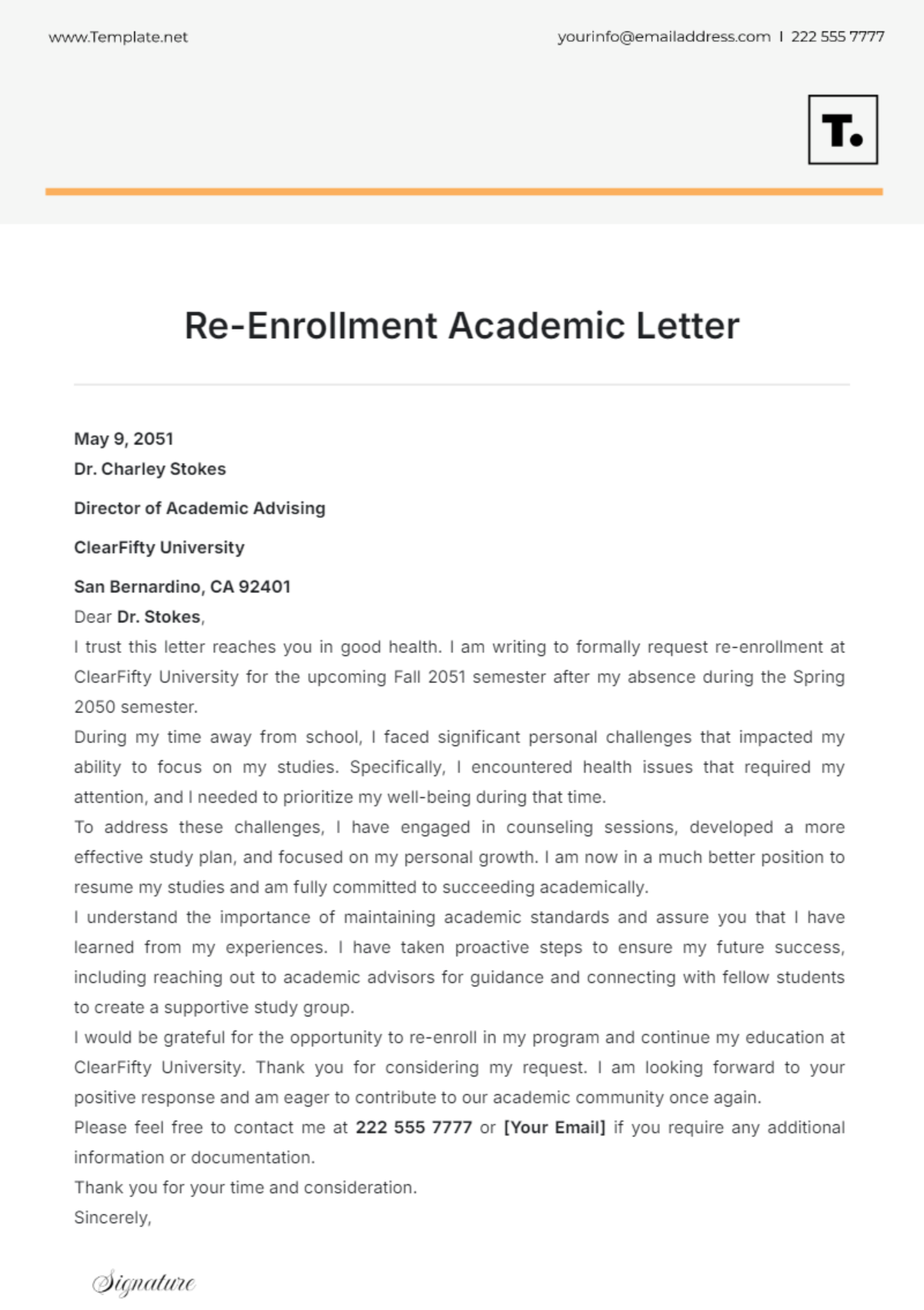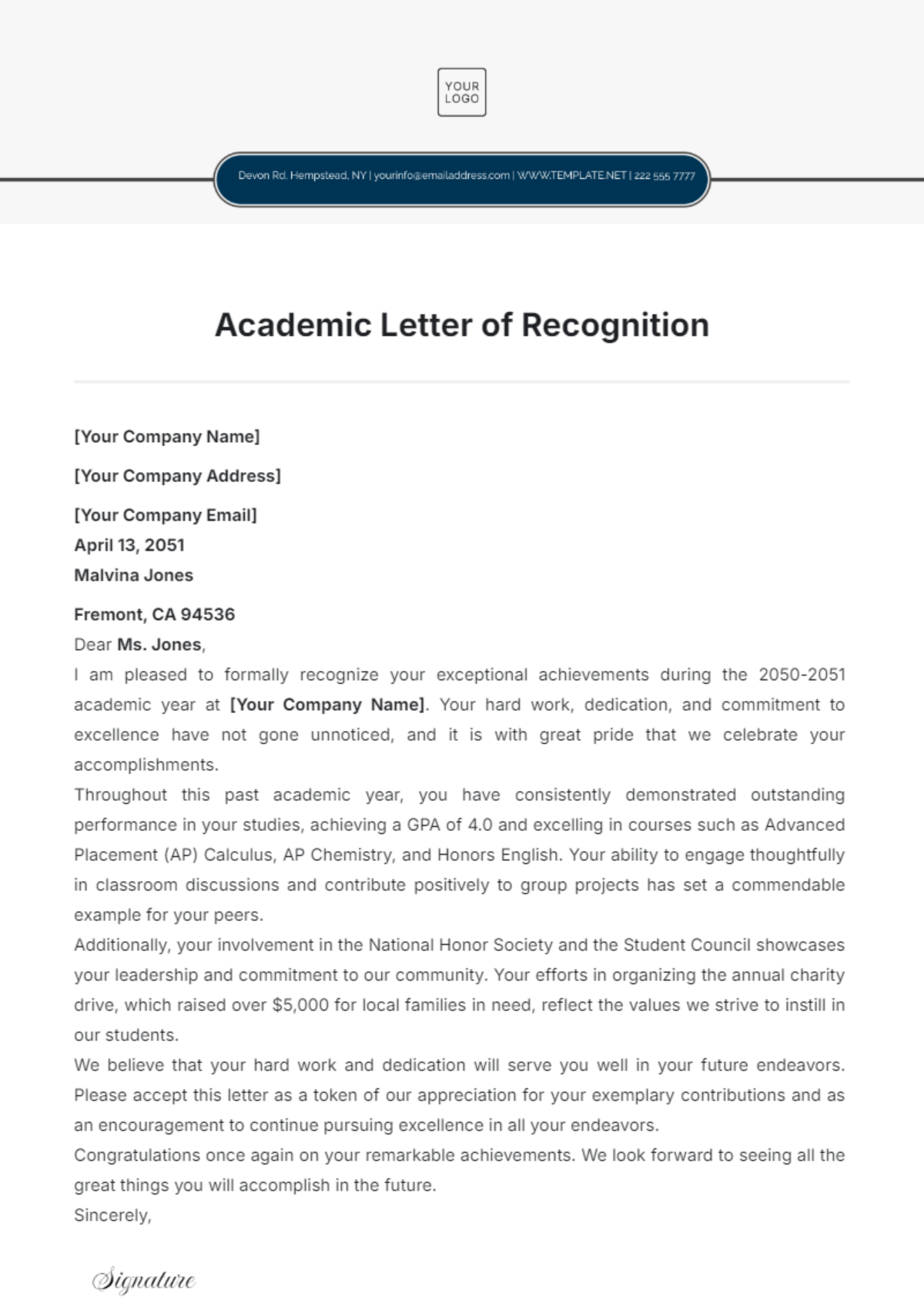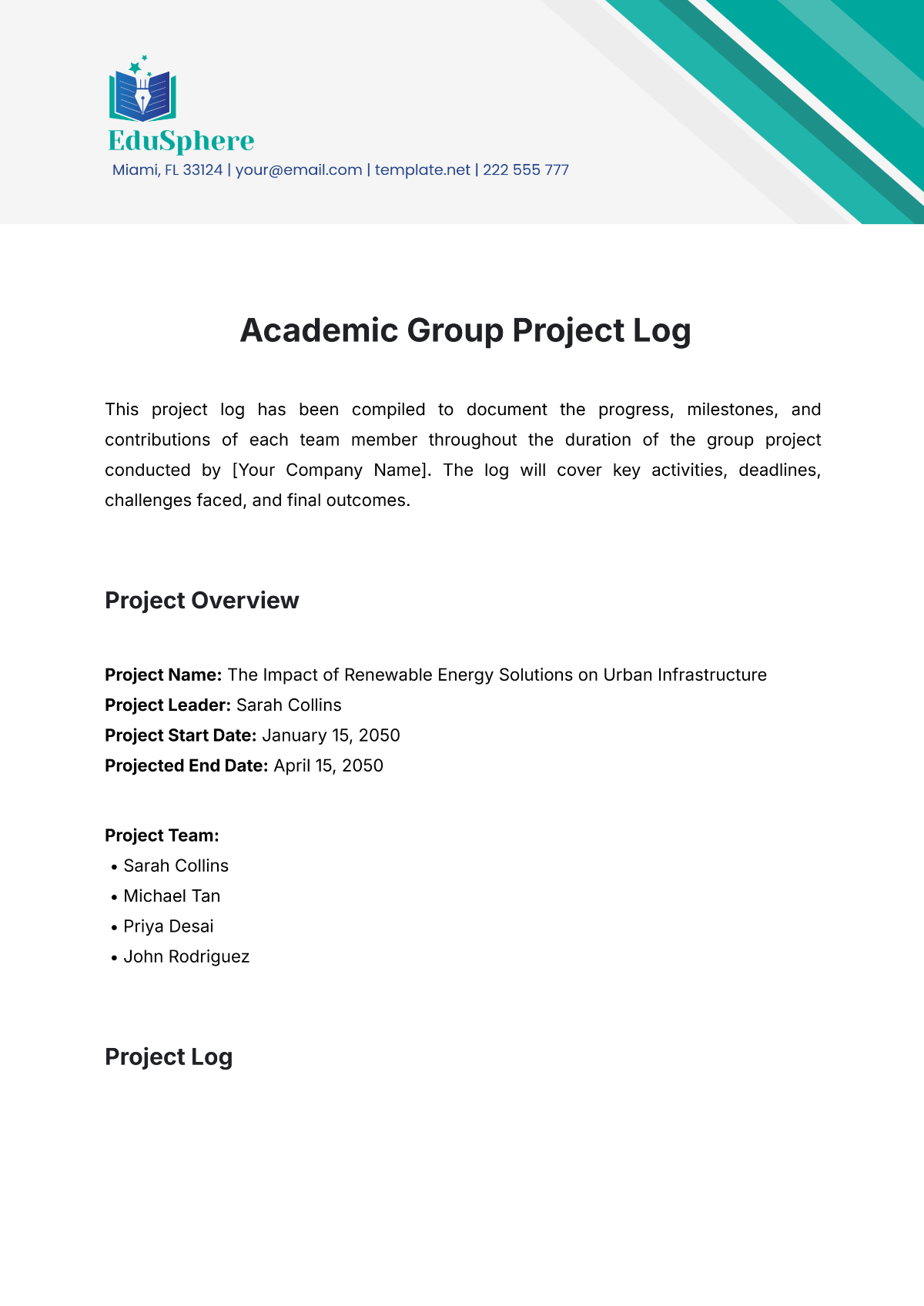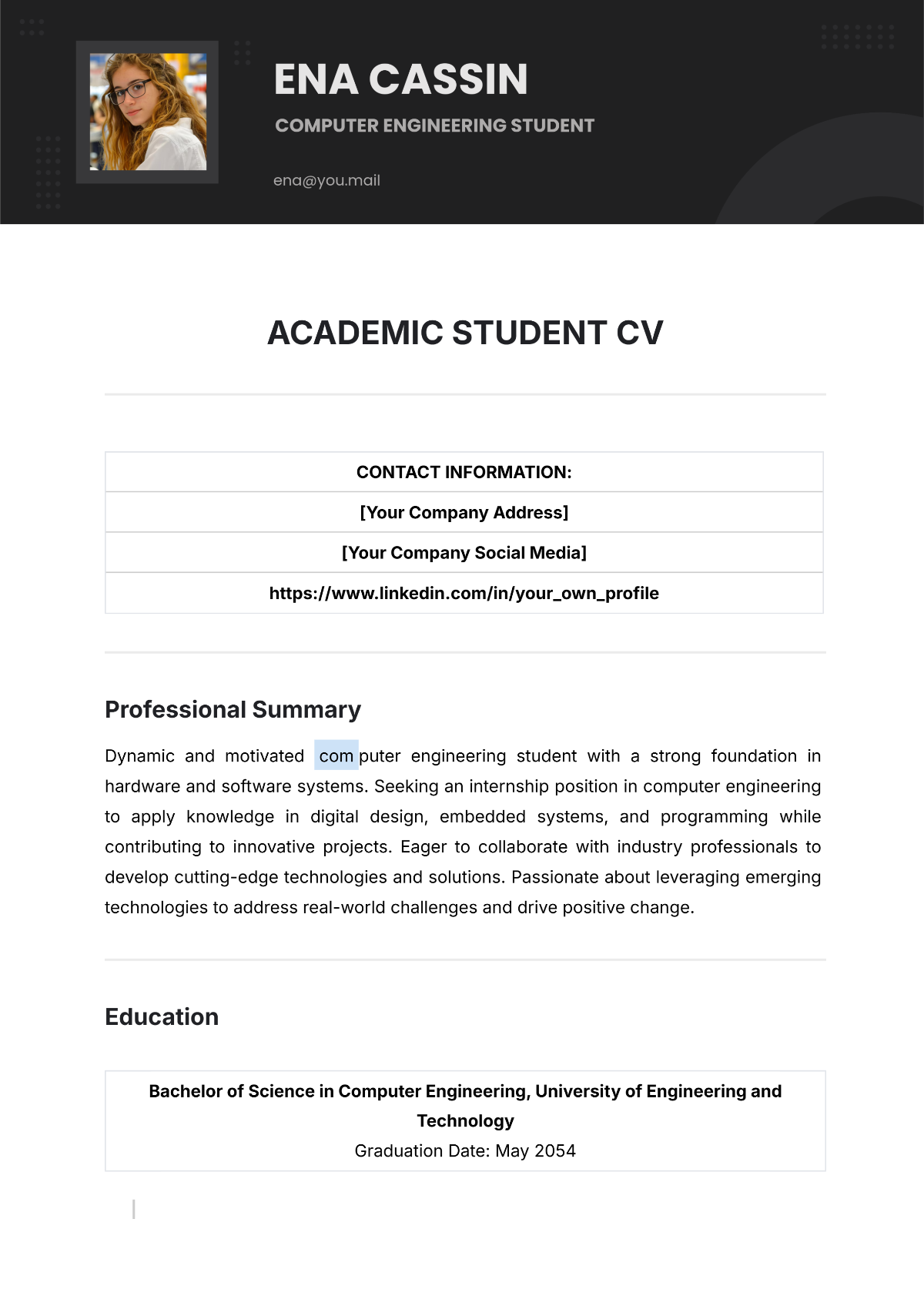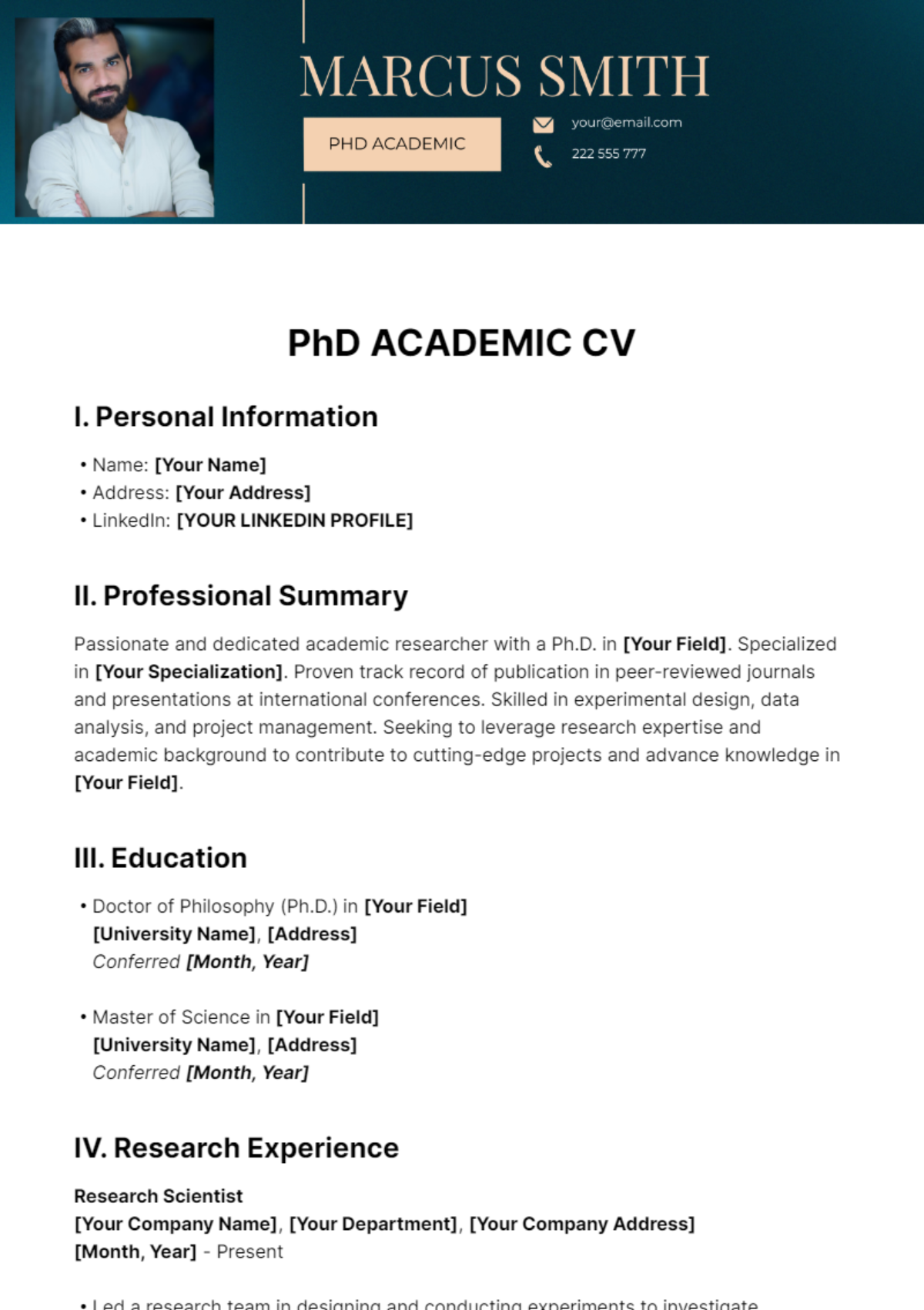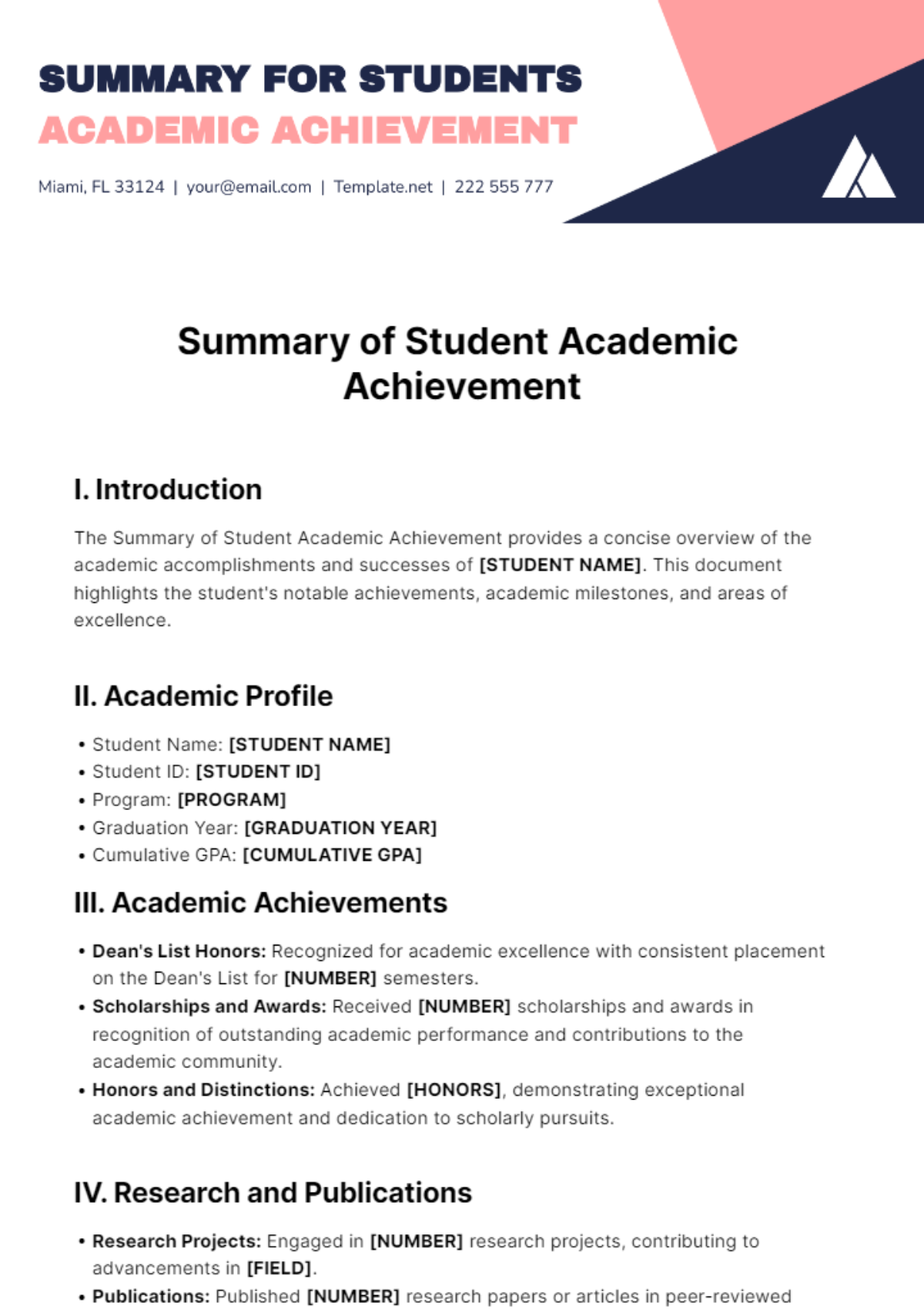Academic Observation Study
Principal Investigator: [Your Name]
Affiliation: [Your Company Name]
Date: [Date]
Introduction
An Academic Observation Study is a research methodology designed to systematically observe and analyze behaviors, interactions, and events within their natural settings. This study focuses on gathering qualitative data through direct observation without manipulating variables. By capturing phenomena as they occur in real time, this method provides an authentic view of how individuals and groups behave and interact in their everyday environments.
Objectives of the Study
The primary objectives of this Academic Observation Study are:
To Document Natural Behaviors: Capture the genuine behaviors of individuals and groups in their natural environments.
To Analyze Interactions: Understand the nature and dynamics of interactions between individuals and within groups.
To Gather Qualitative Data: Obtain detailed and descriptive data that provides a deep understanding of observed phenomena.
To Inform Further Research: Provide a basis for subsequent studies that may build on the insights gained from observation.
Methodology
Research Design
The study is designed to observe and analyze behaviors, interactions, and events in natural settings. Key components include:
Observation Setting: Identifying environments where the phenomena of interest naturally occur. For this study, settings include a classroom, workplace, and public space.
Observation Methods: Employing both participant and non-participant observation methods. Participant observation involves the researcher engaging in the environment, while non-participant observation involves observing without direct involvement.
Data Collection
Data collection involves:
Field Notes: Detailed notes recorded during observations, documenting behaviors, interactions, and events.
Audio/Visual Recordings: Using audio and video recordings to capture detailed interactions and behaviors. Recordings are reviewed to supplement field notes and ensure comprehensive data collection.
Structured Observational Checklist: A checklist used to ensure systematic observation of all relevant aspects. This includes categories such as interaction frequency, behavior types, and contextual factors.
Data Analysis
Data analysis includes:
Thematic Analysis: Identifying patterns and themes in the observational data. This approach helps to understand recurring behaviors and interactions.
Descriptive Statistics: Although primarily qualitative, some quantitative measures are used to provide frequency counts of specific behaviors.
Findings
The findings section details the core observations and insights from the study:
Observational Data
Observation Setting | Behavior/Interaction Observed | Frequency | Key Observations |
|---|---|---|---|
Classroom | Student Engagement | 45 instances | Students showed high engagement during group activities but lower engagement during lectures. |
Workplace | Team Collaboration | 35 instances | Teams engaged in frequent spontaneous discussions, fostering problem-solving and innovation. |
Example Observations
Classroom Setting:
High Engagement: During group activities, students exhibited high levels of engagement, actively participating and contributing to discussions. Observed in 25 out of 30 group activities.
Low Engagement: Engagement levels decreased during traditional lectures, with minimal participation from students. Noted in 20 out of 30 lecture sessions.
Workplace Setting:
Team Collaboration: Teams engaged in spontaneous discussions frequently, which facilitated collaborative problem-solving. Observed in 25 out of 35 team meetings.
Collaboration Barriers: Communication barriers occasionally lead to delays in decision-making. Noted in 10 out of 35 team meetings.
Discussion
Interpretation of Findings
The observed behaviors and interactions provide valuable insights:
Classroom Dynamics: Interactive teaching methods significantly enhance student engagement compared to traditional lecture formats. This suggests that incorporating more interactive elements could improve learning outcomes.
Workplace Collaboration: Spontaneous discussions are crucial for effective teamwork and innovation, though communication barriers occasionally hinder progress. Addressing these barriers could further enhance team productivity.
Implications for Practice
Educational Settings: Schools and educators might consider adopting more interactive teaching strategies to boost student engagement and participation.
Workplace Settings: Organizations should encourage spontaneous team interactions and address communication challenges to improve collaboration and efficiency.
Conclusion
This Academic Observation Study provides a thorough examination of behaviors and interactions within natural settings. By observing phenomena in their natural context, researchers can gain a deeper understanding of how individuals and groups operate. The insights from this study can inform both academic research and practical applications in educational and workplace settings.
Reference
Smith, J. A. (2050). Understanding Classroom Dynamics: A Comprehensive Guide to Student Engagement. Academic Press.
Johnson, L. B., & Lee, R. T. (2051). Innovations in Workplace Collaboration: Observational Insights and Practical Applications. Journal of Organizational Behavior, 58(2), 112-130.


